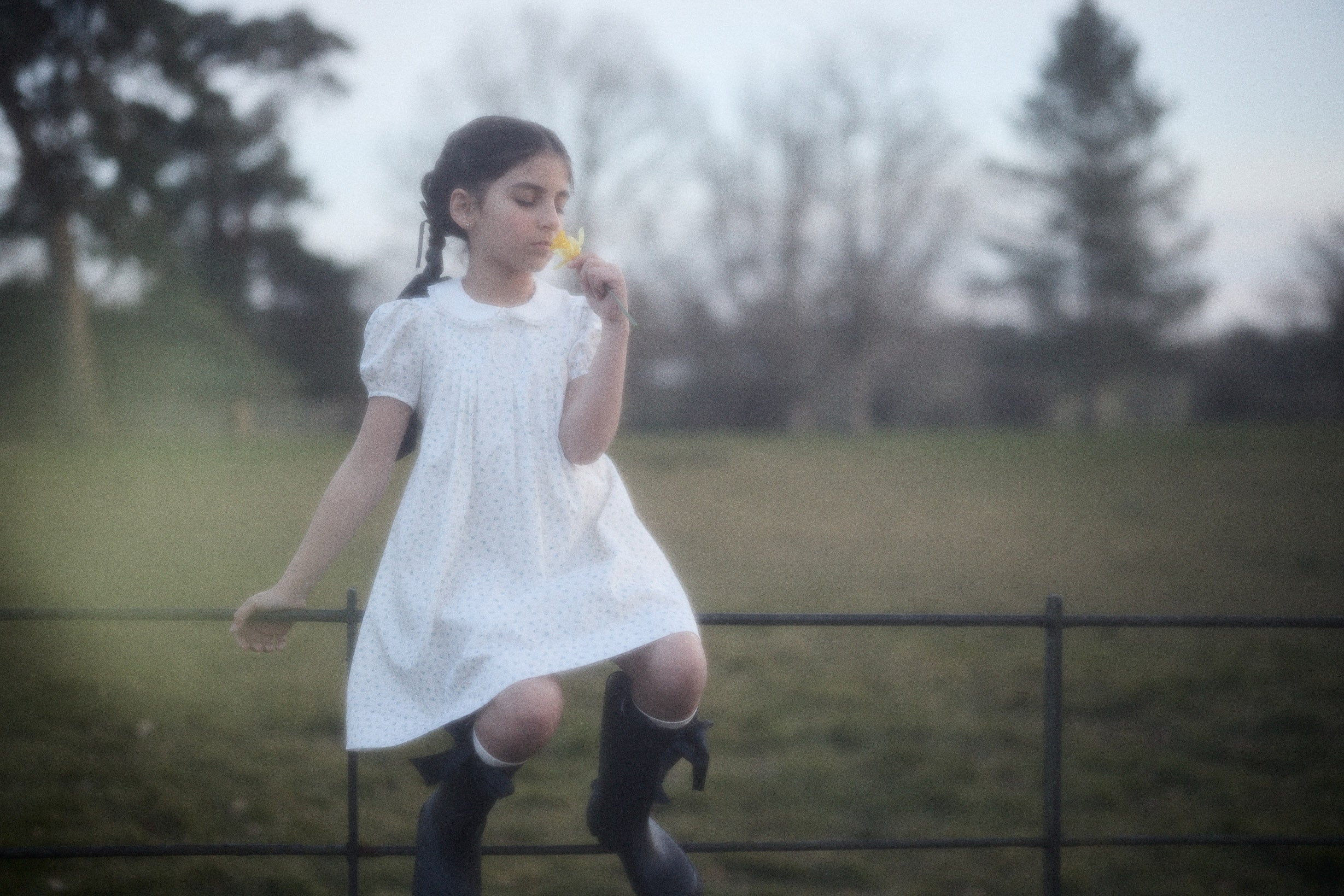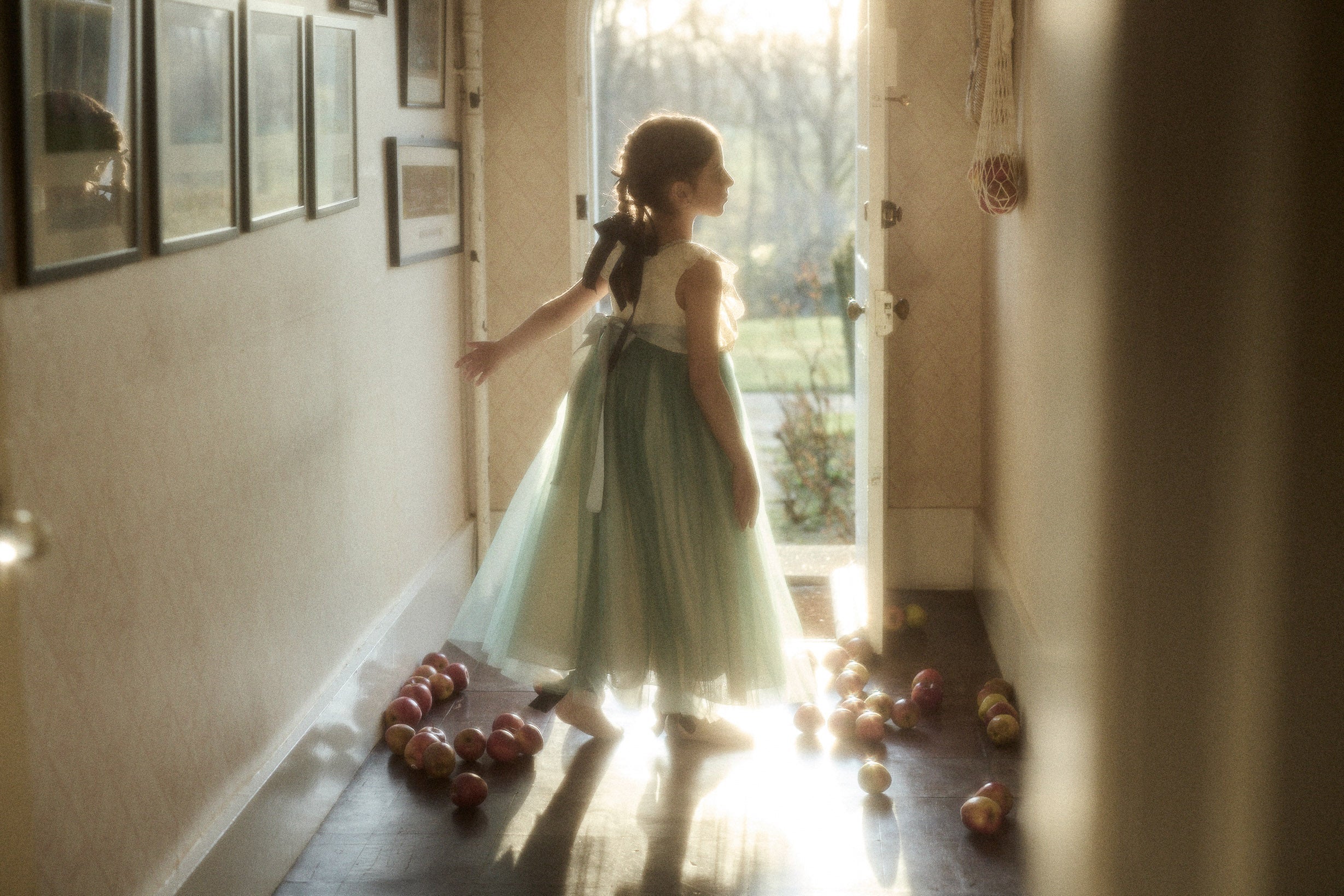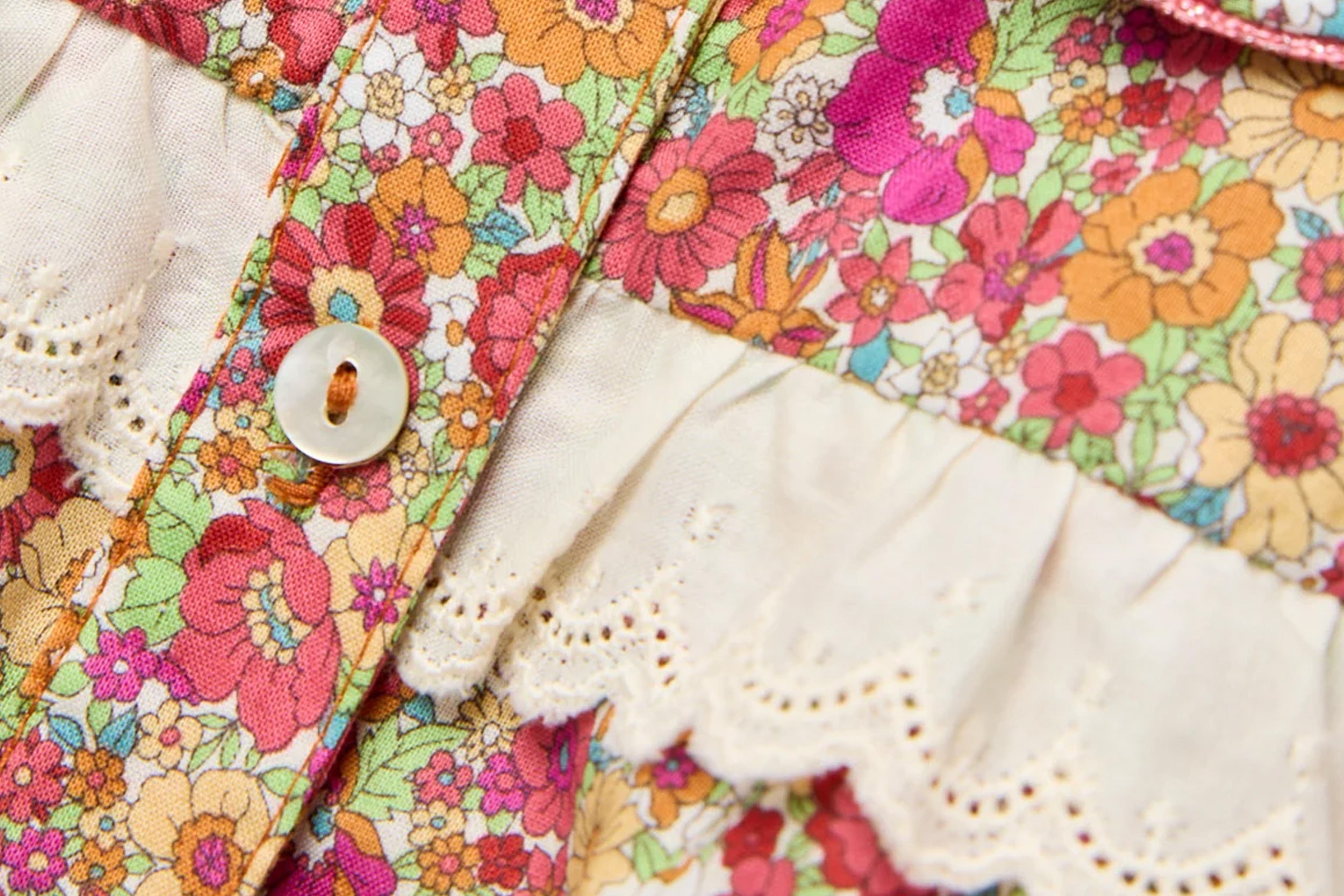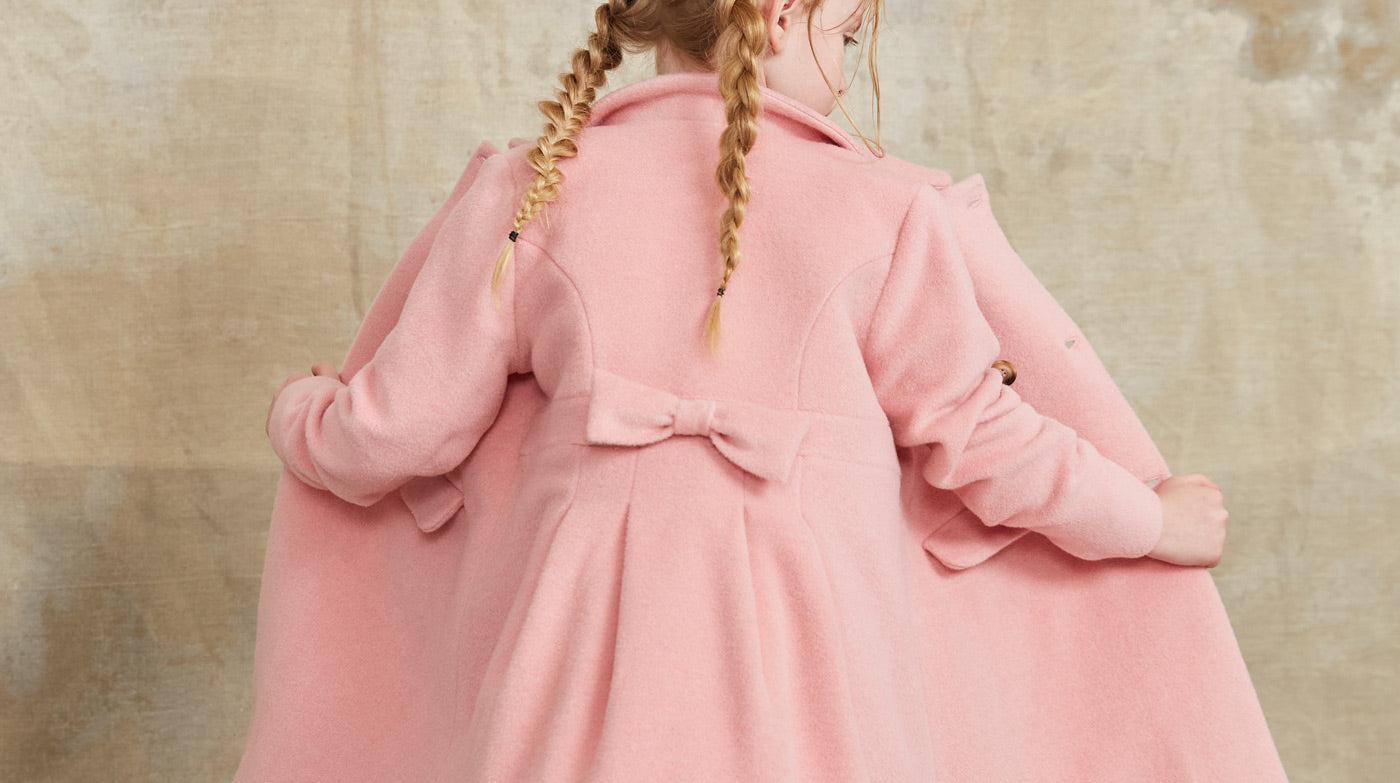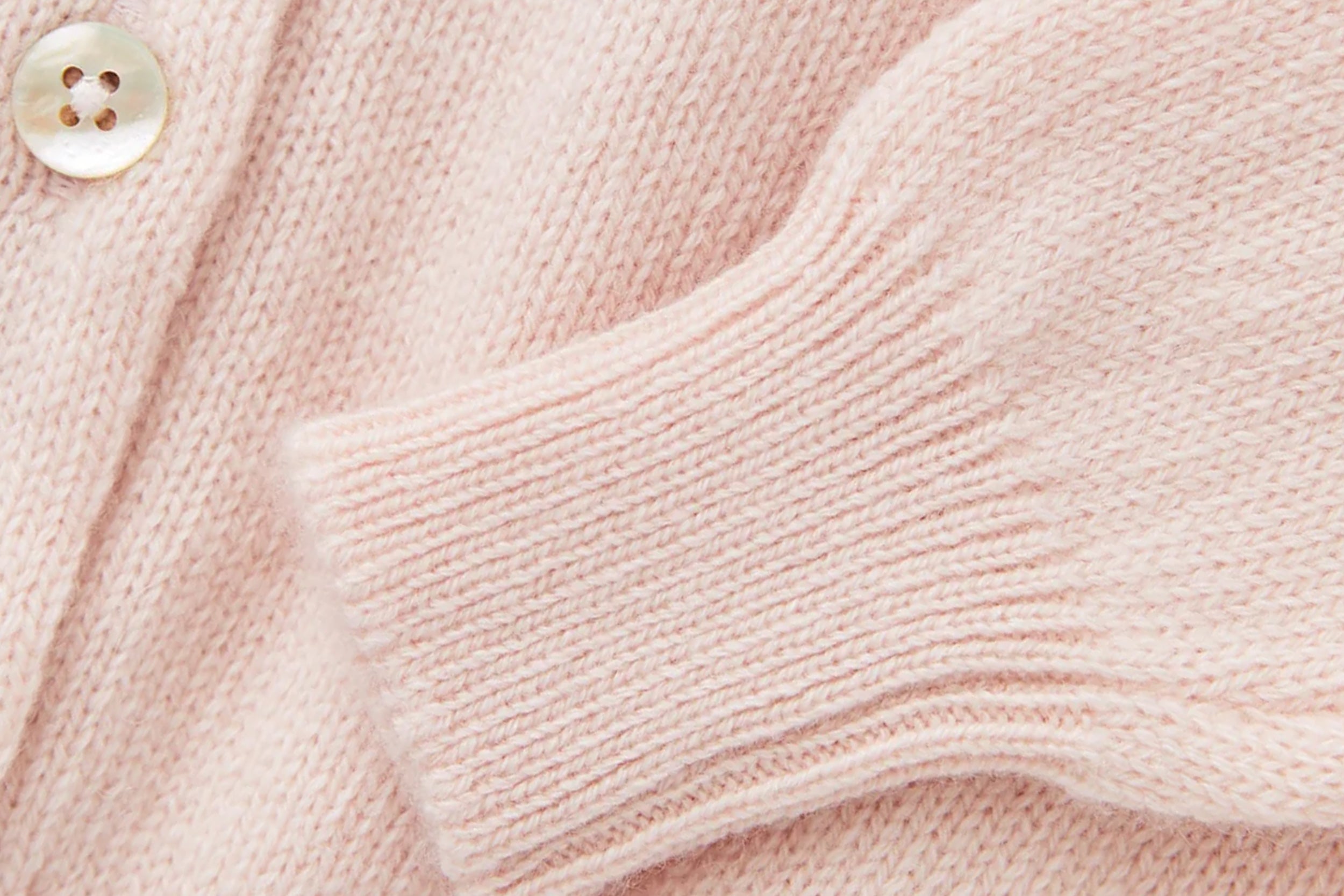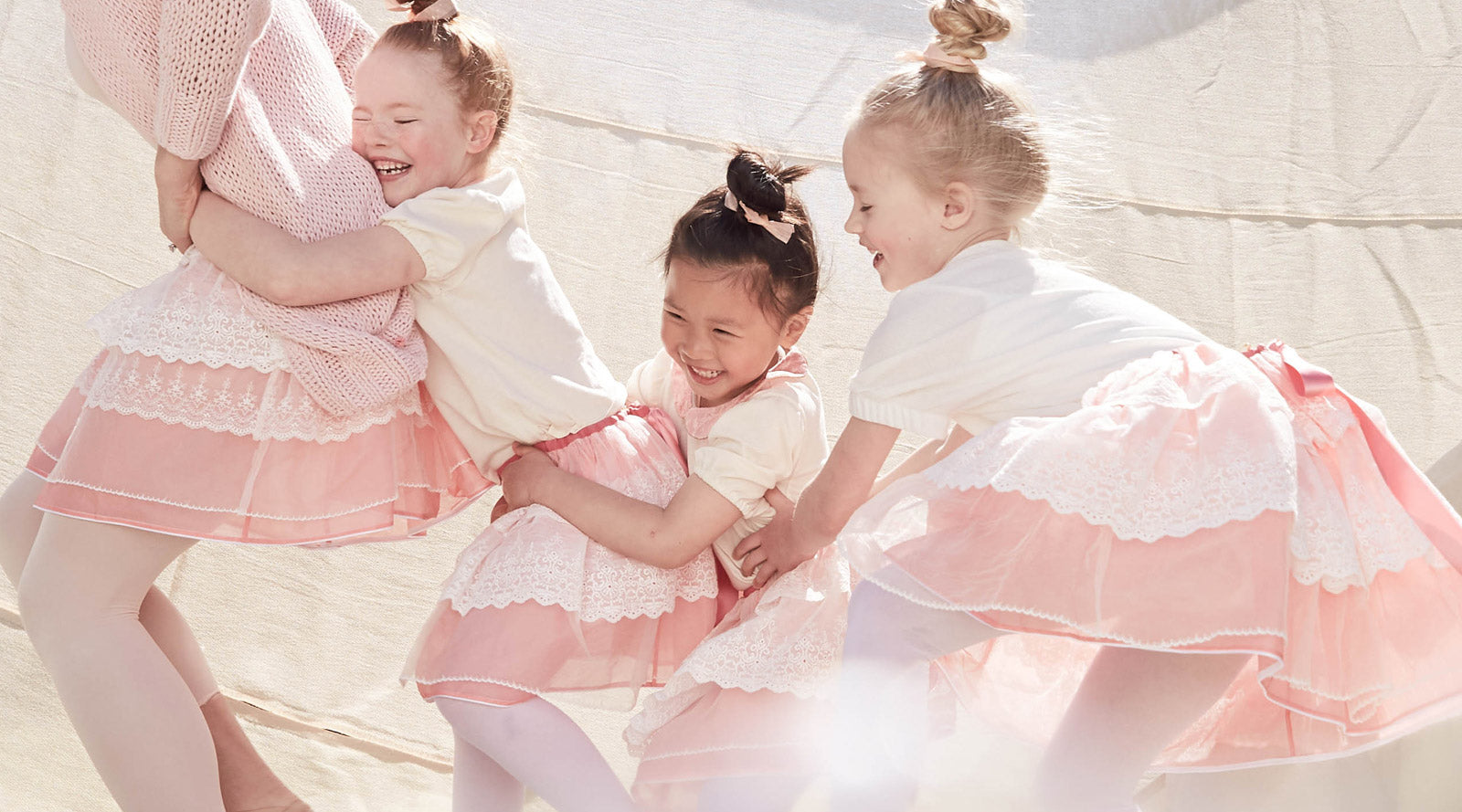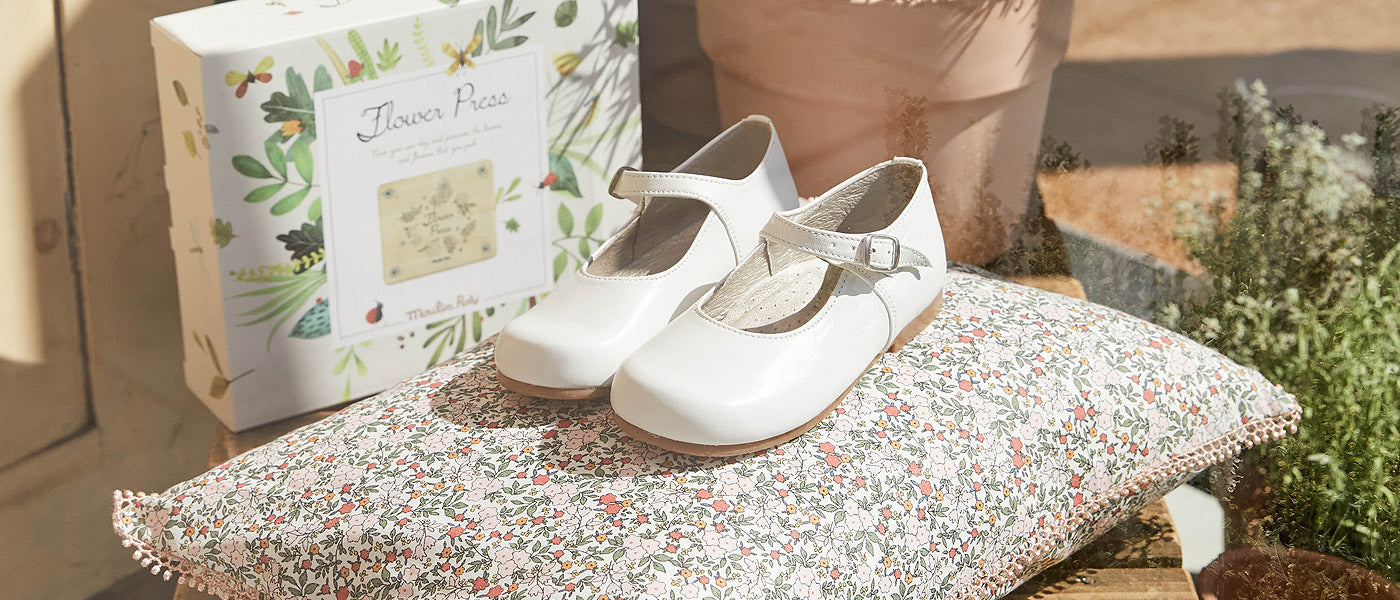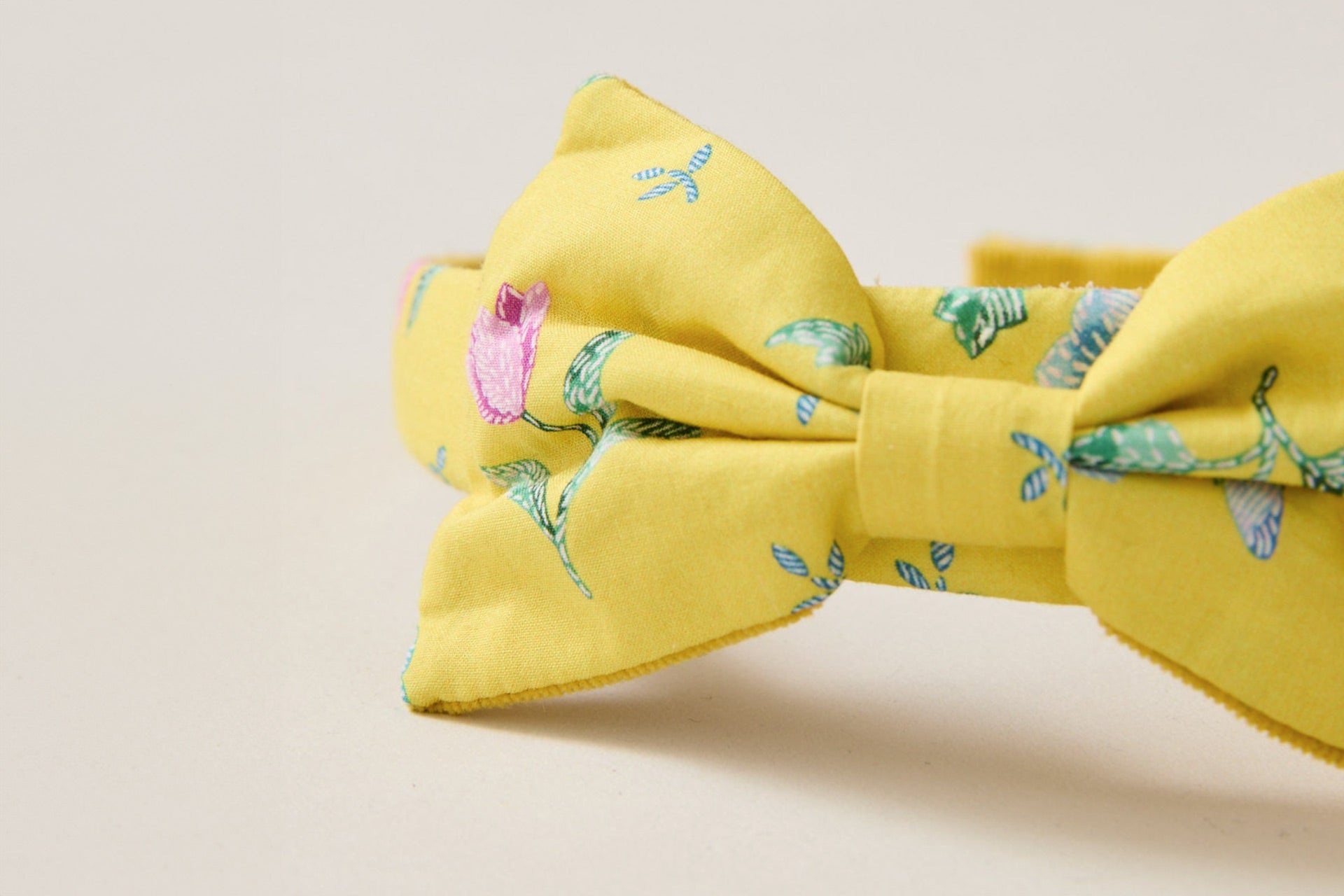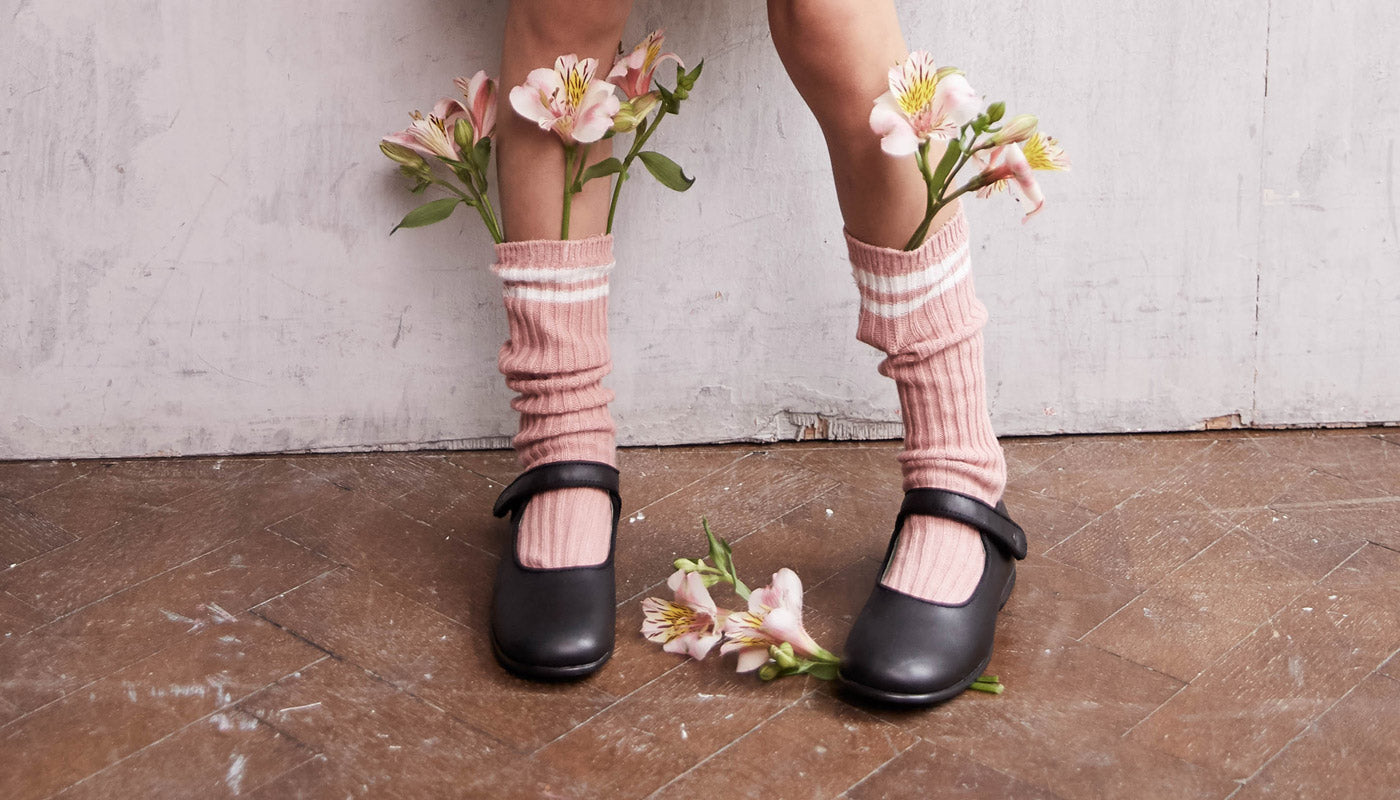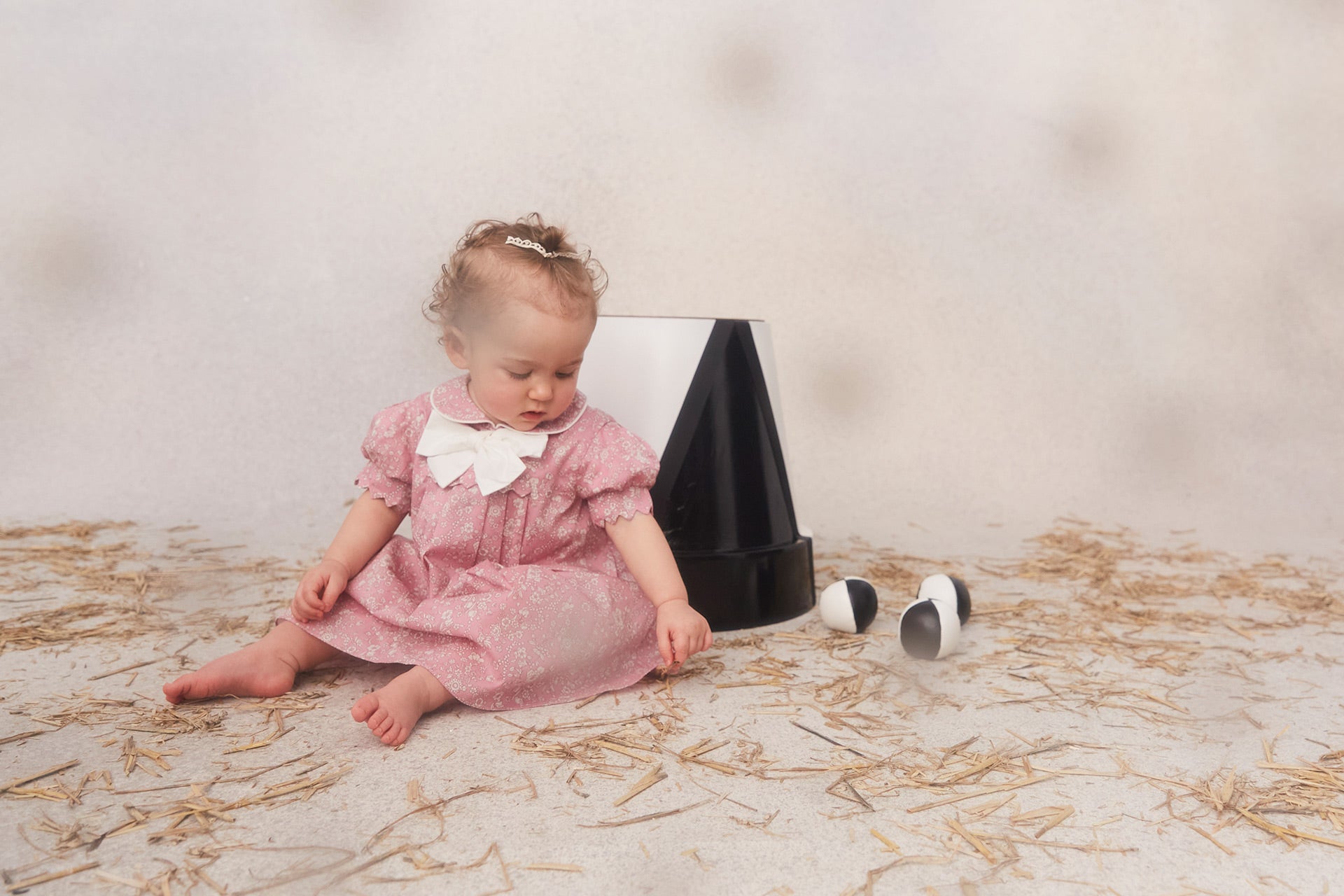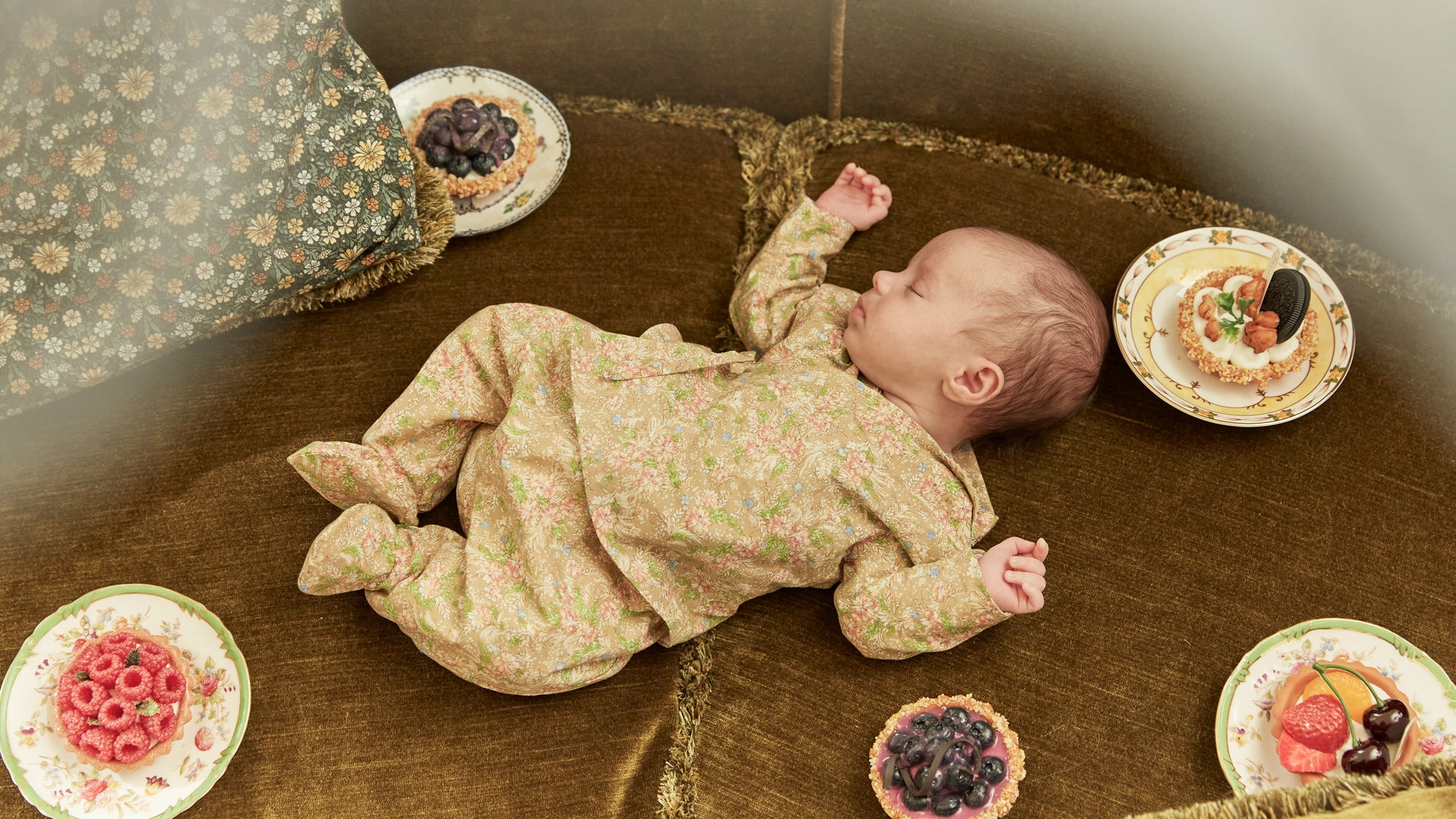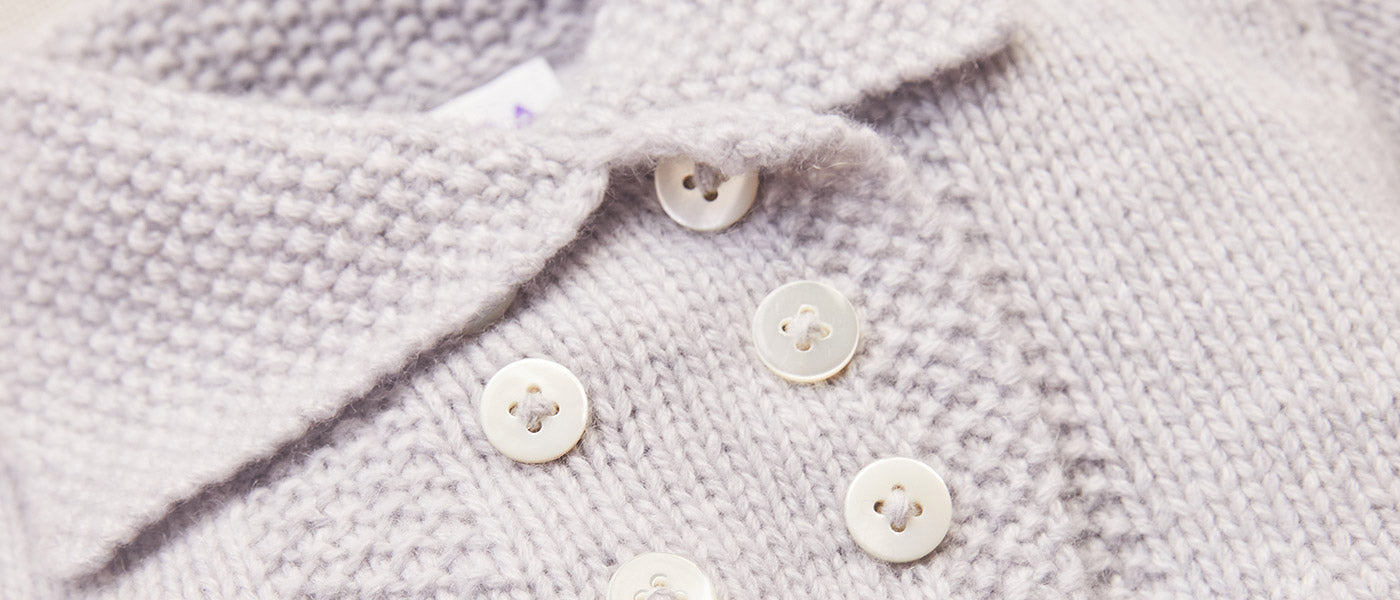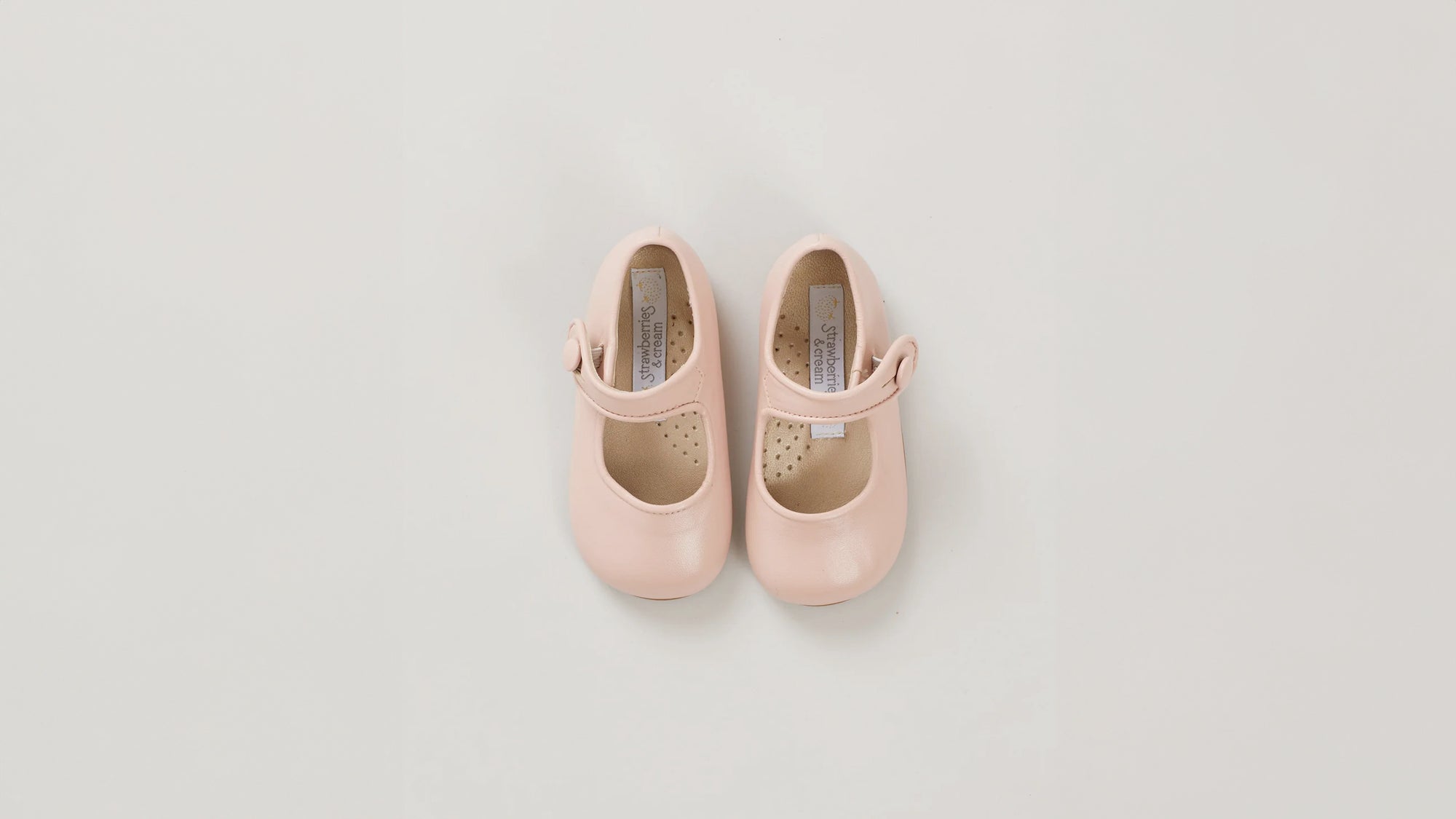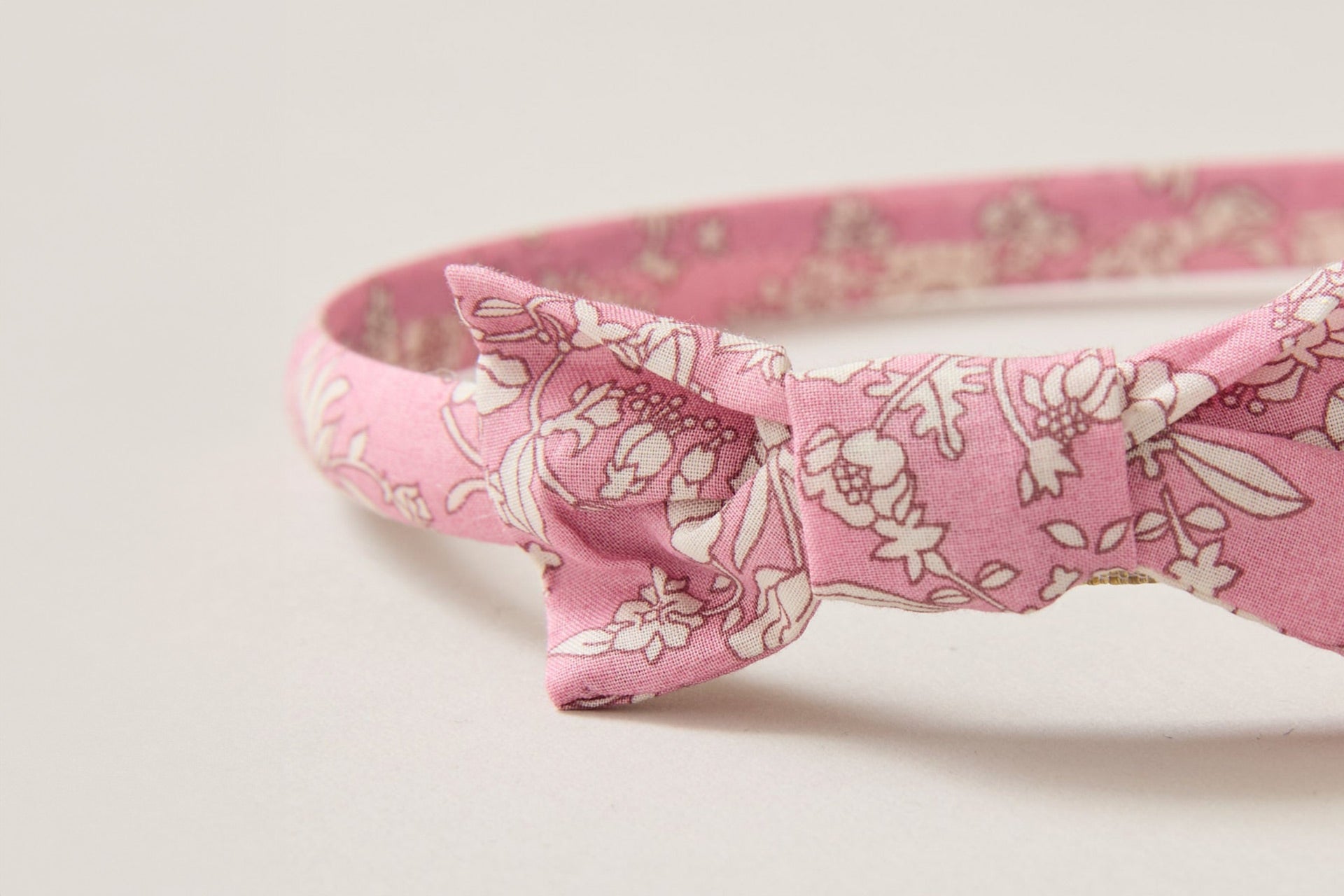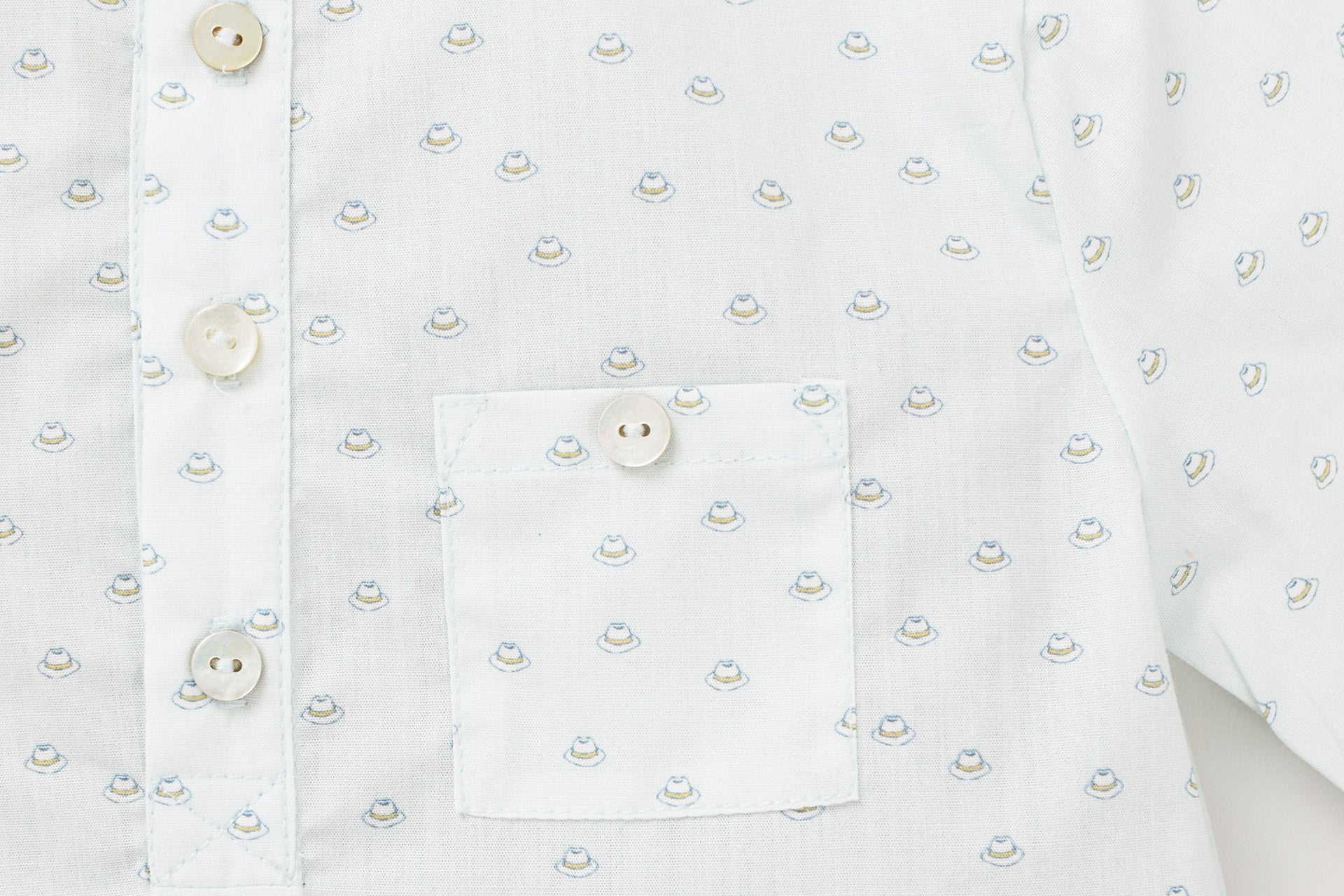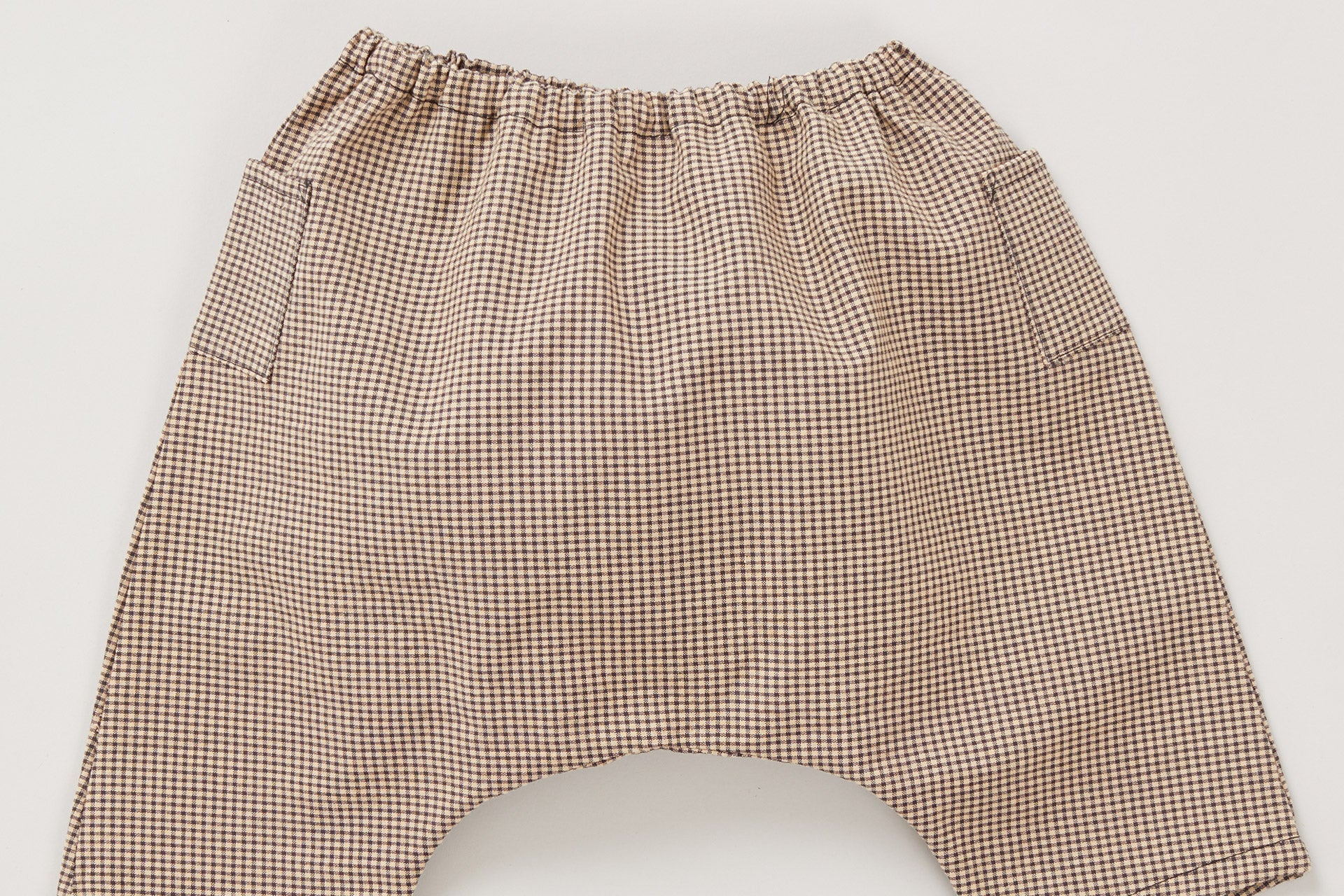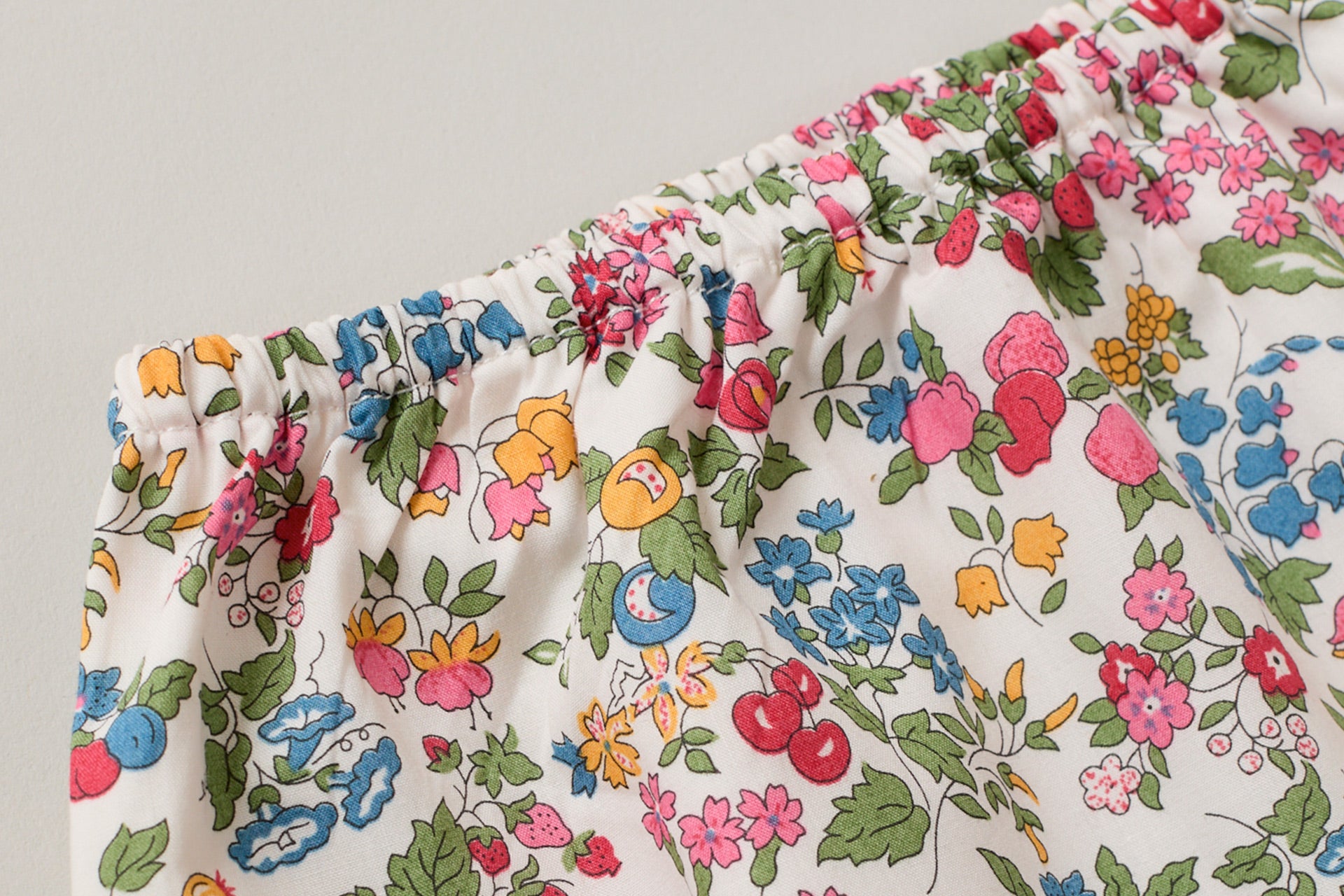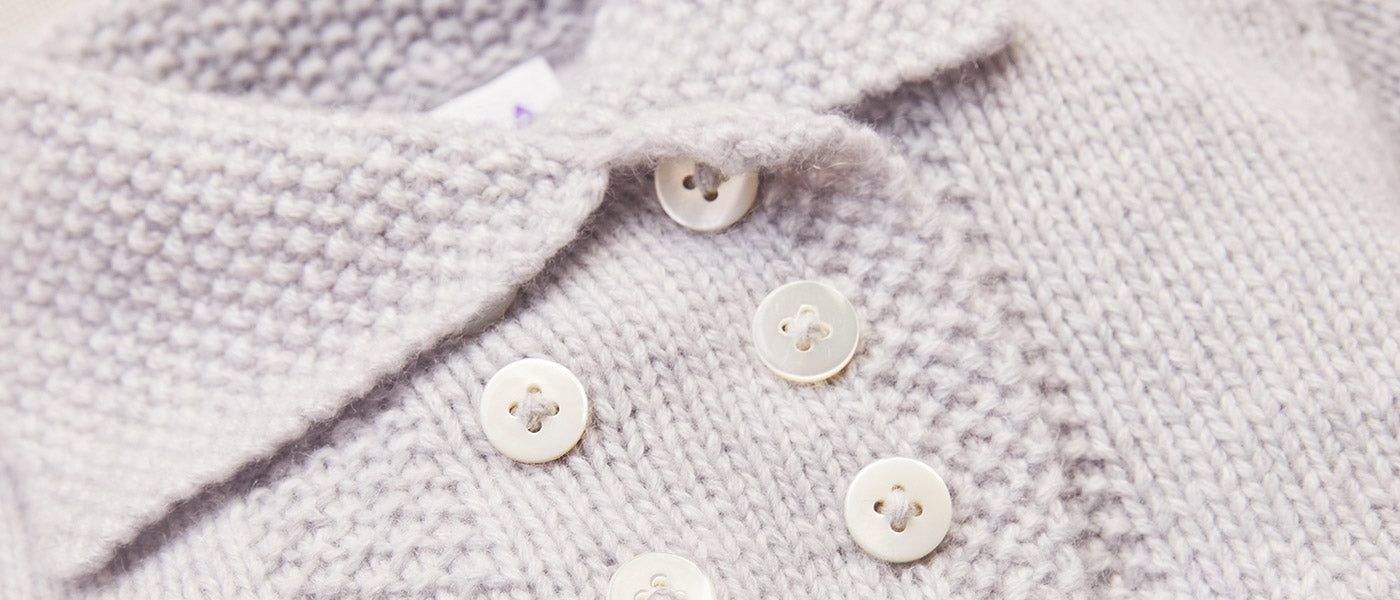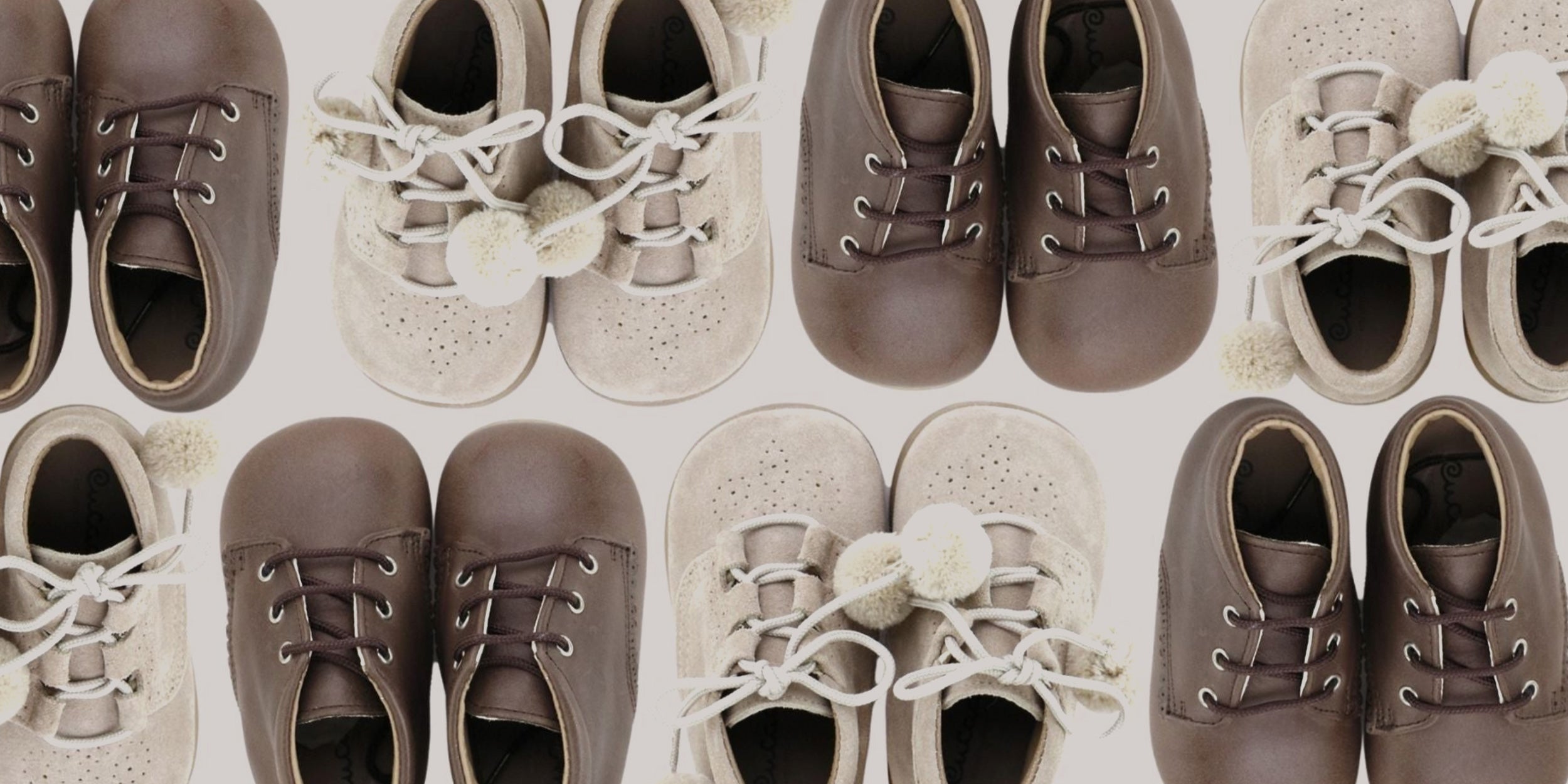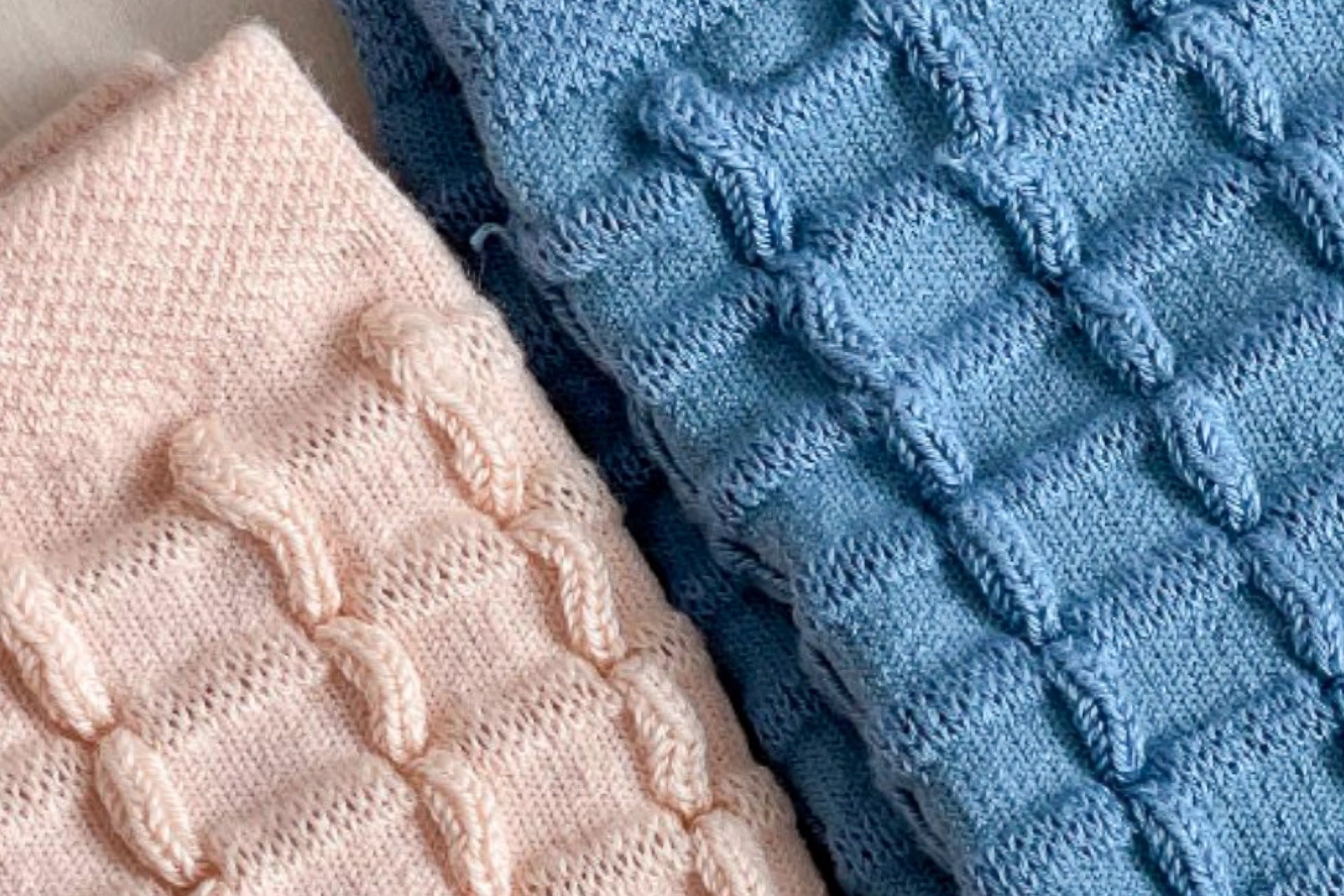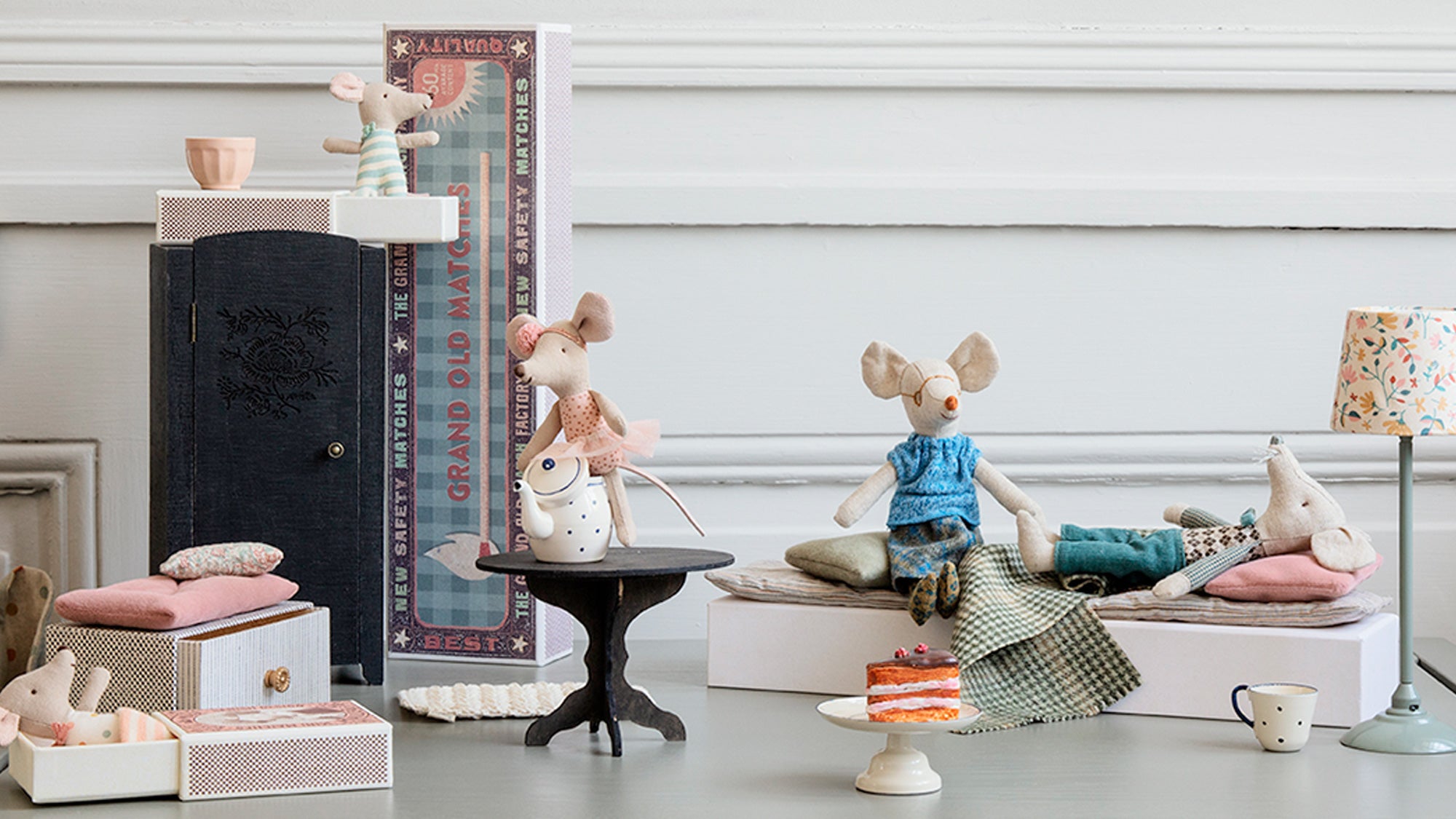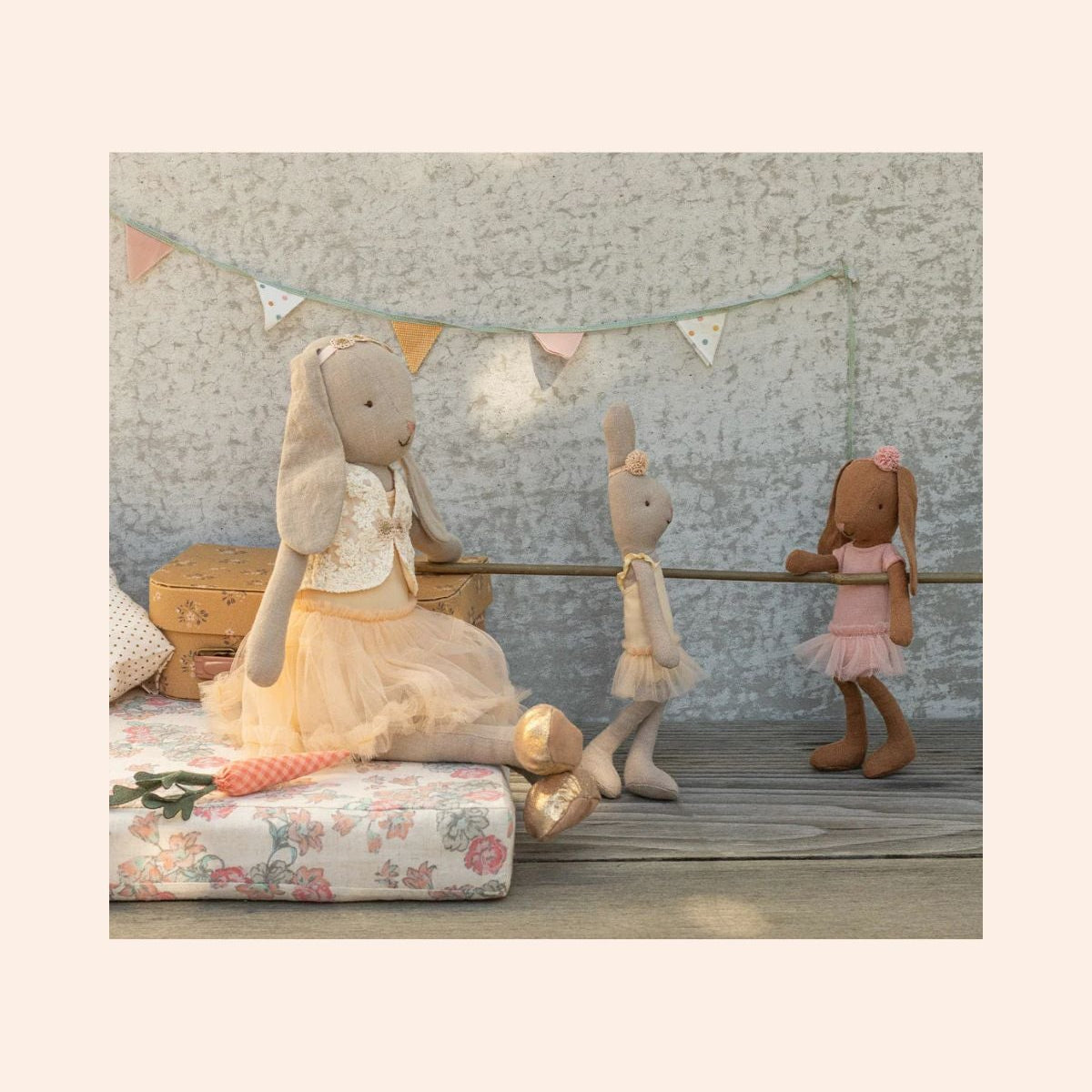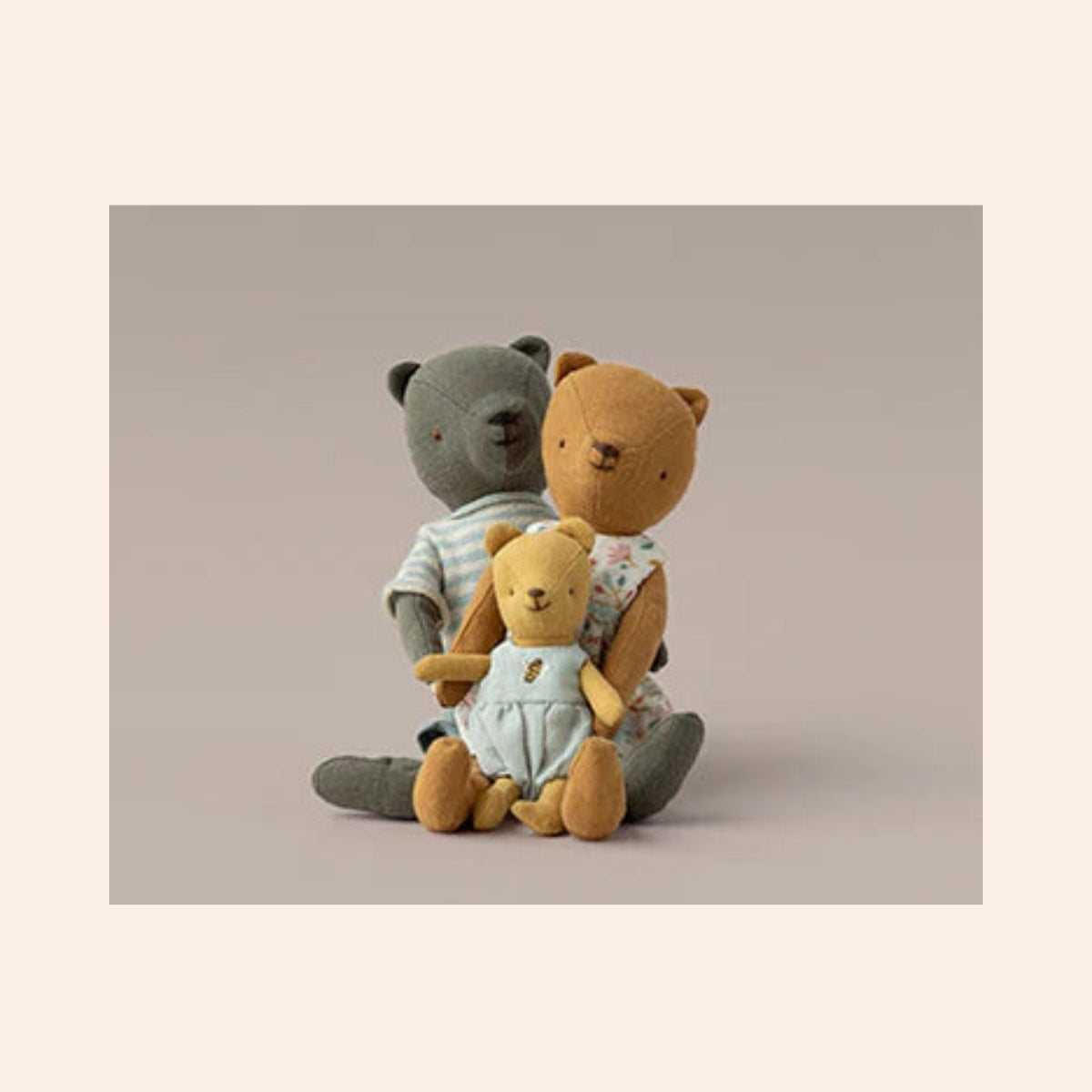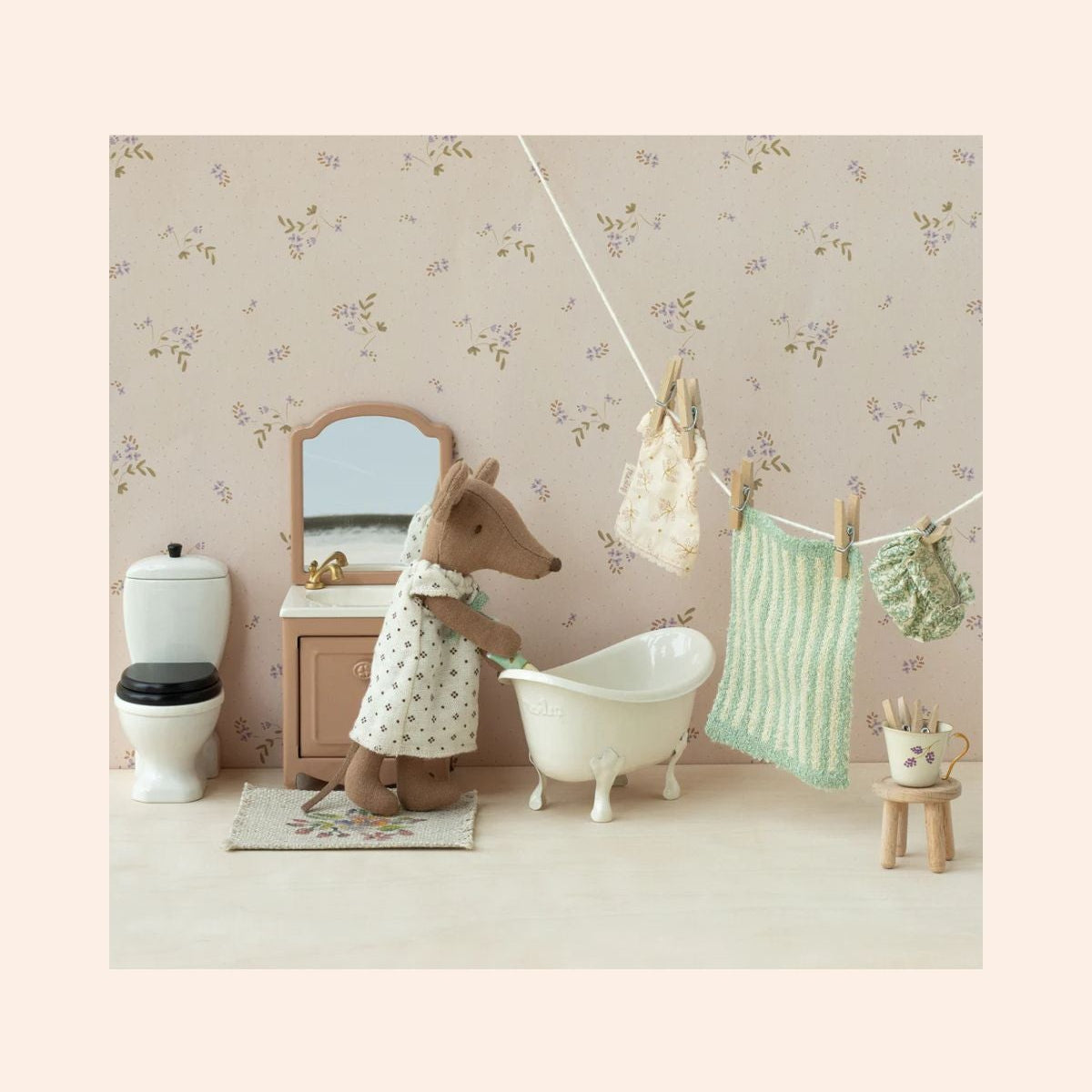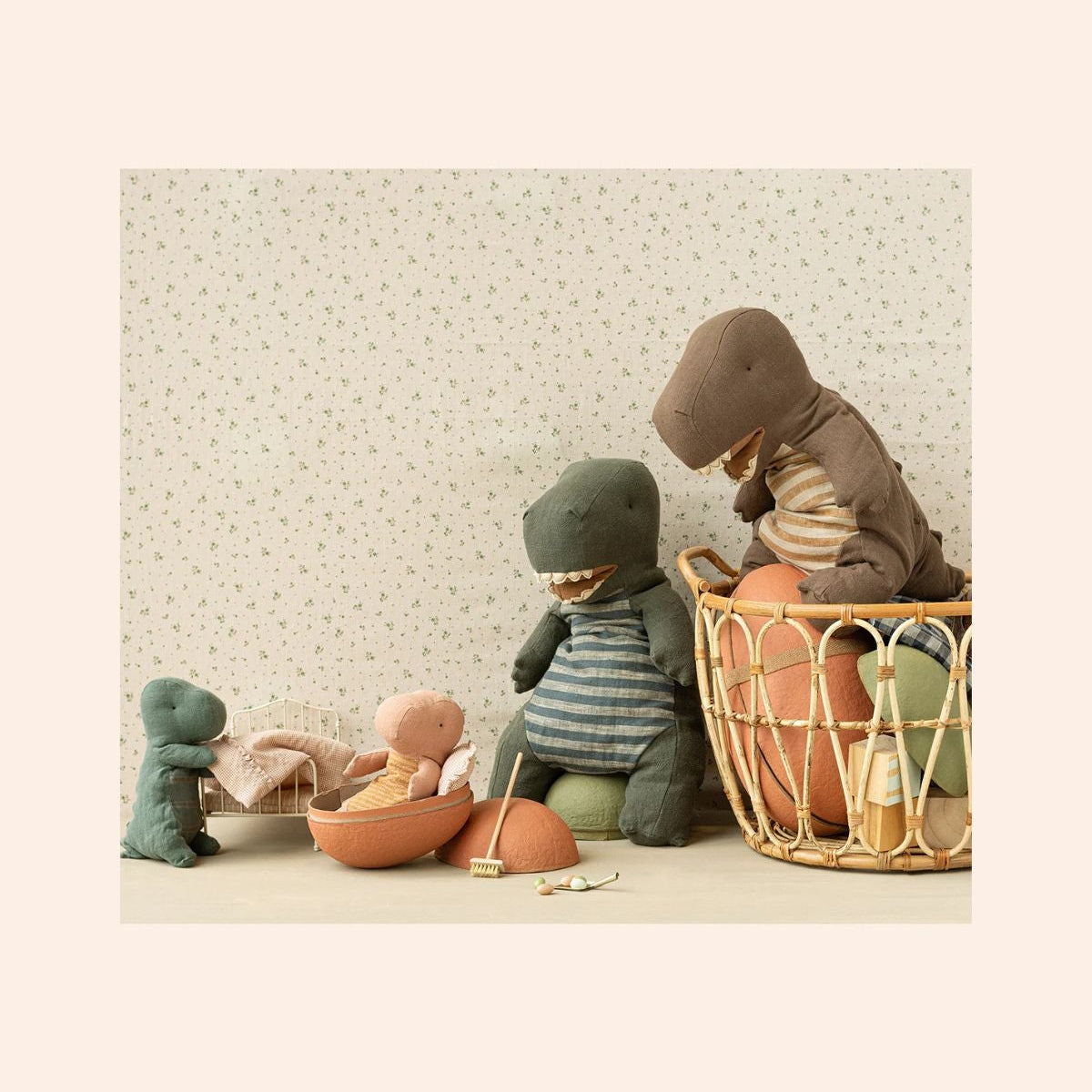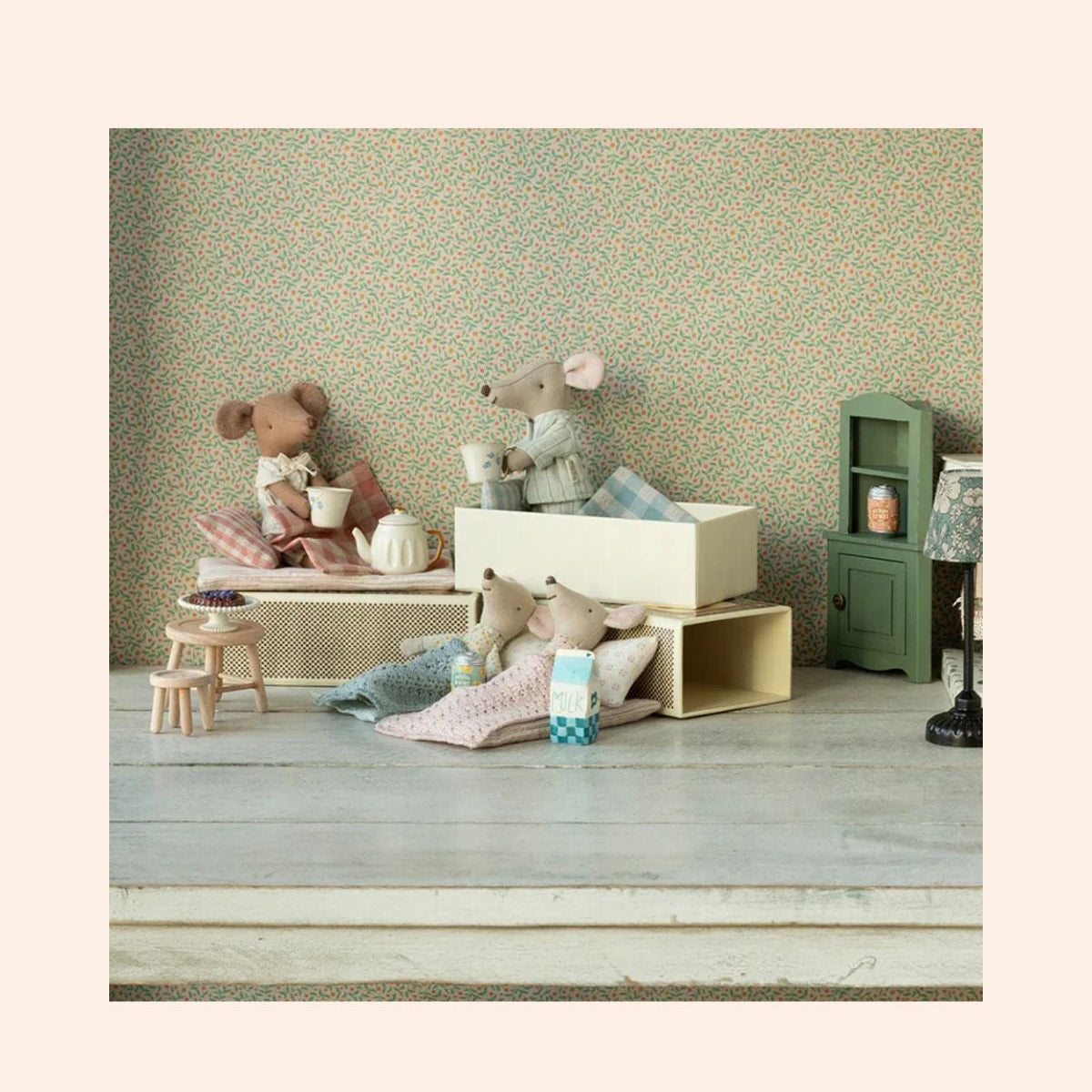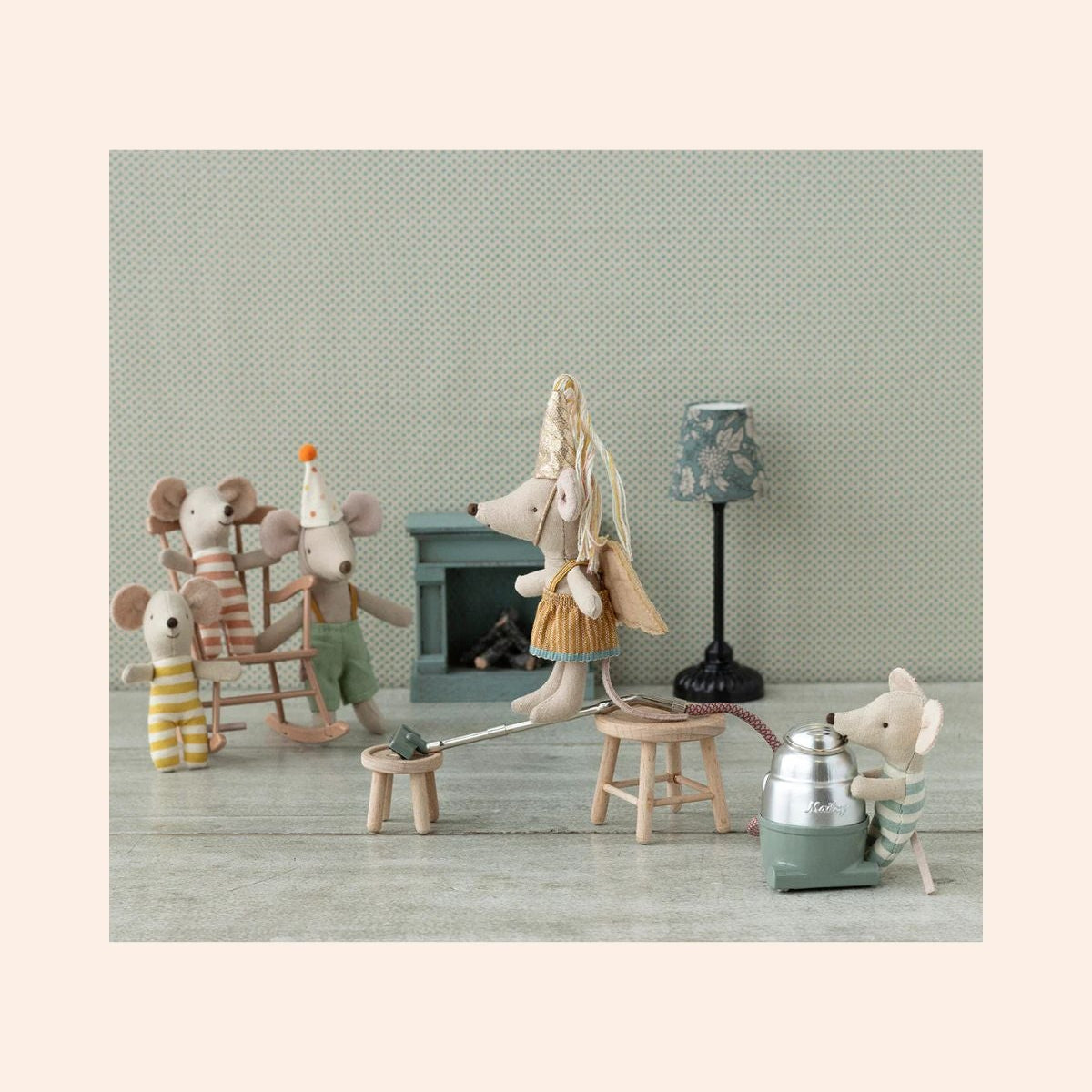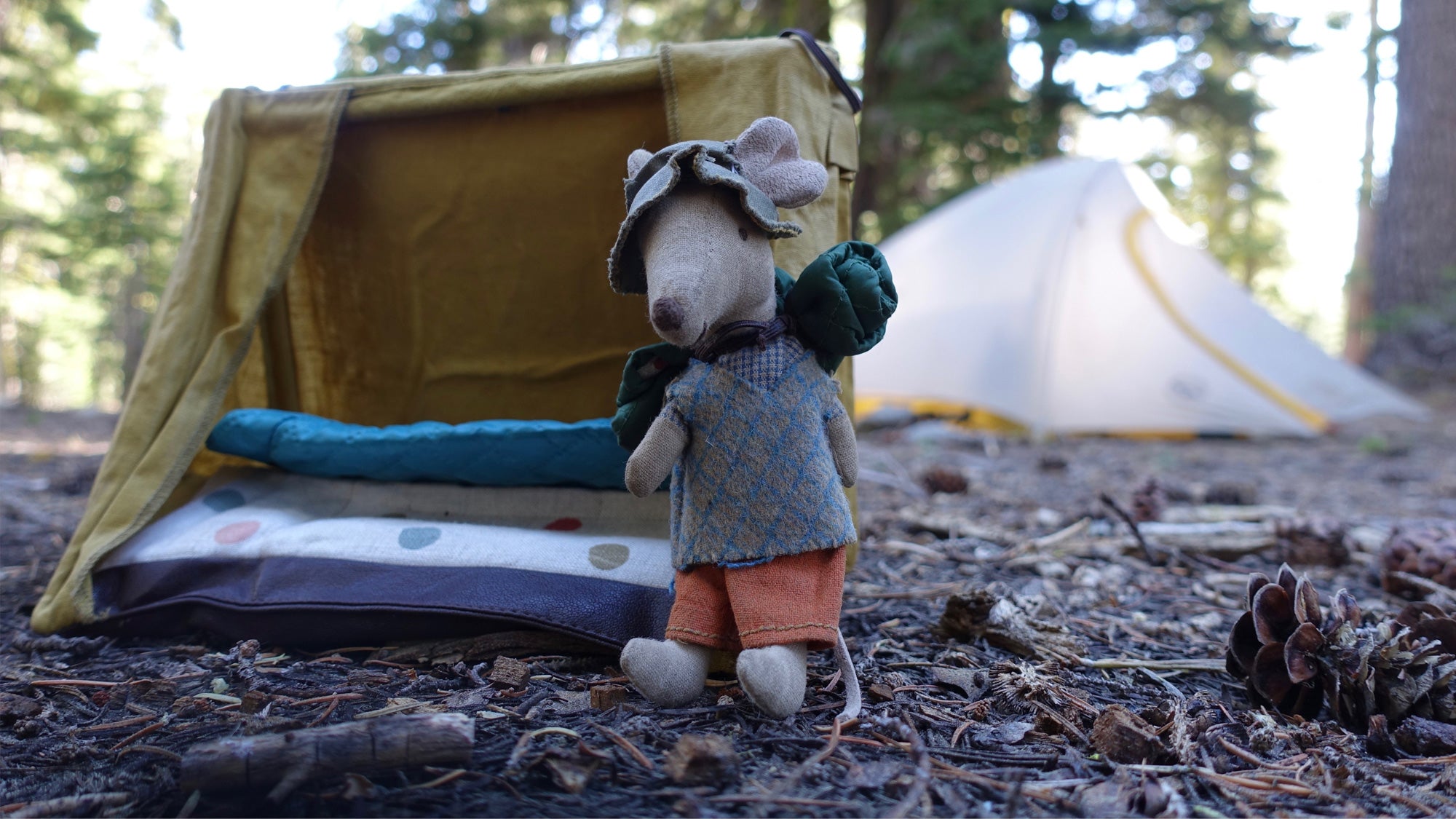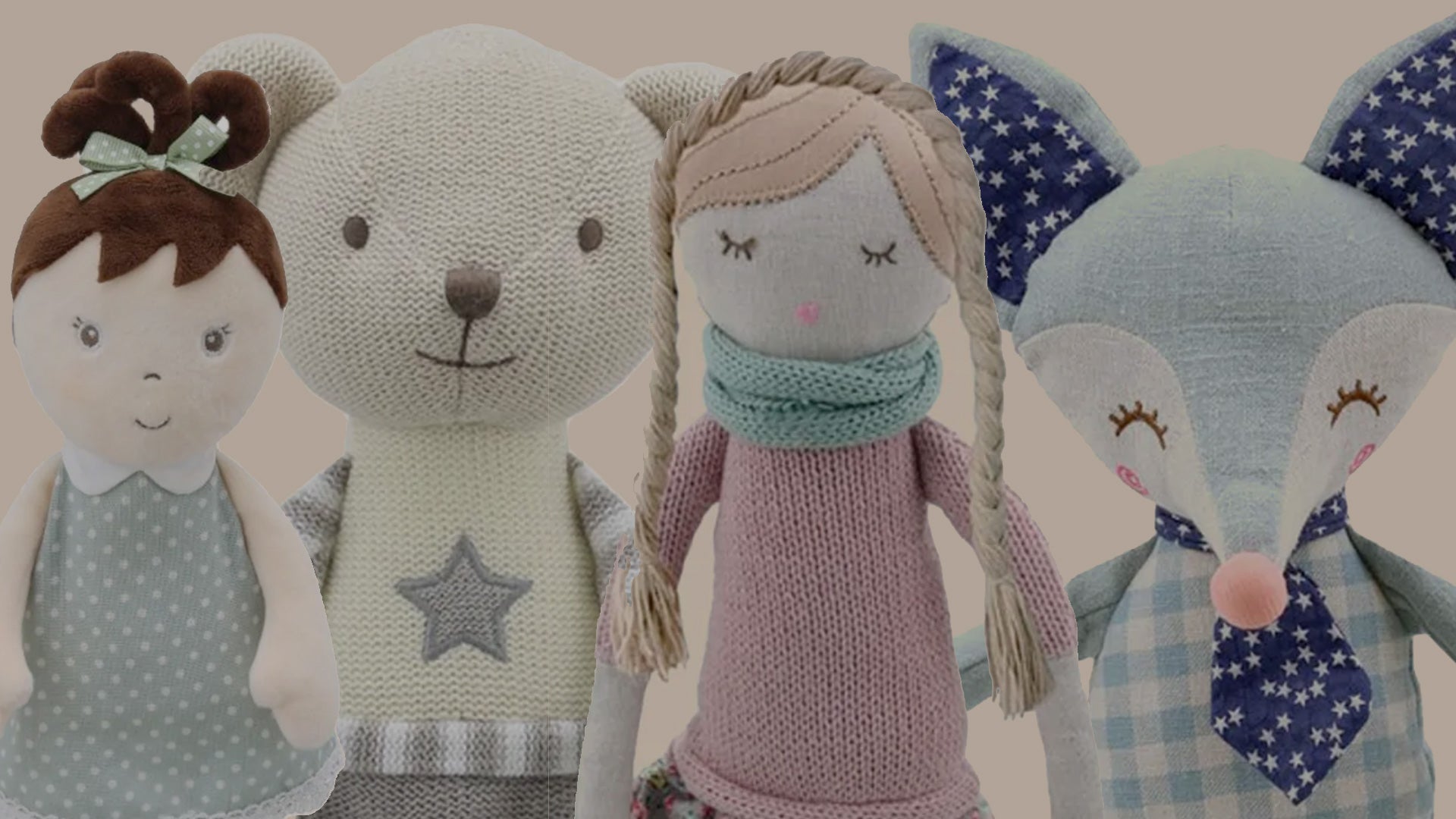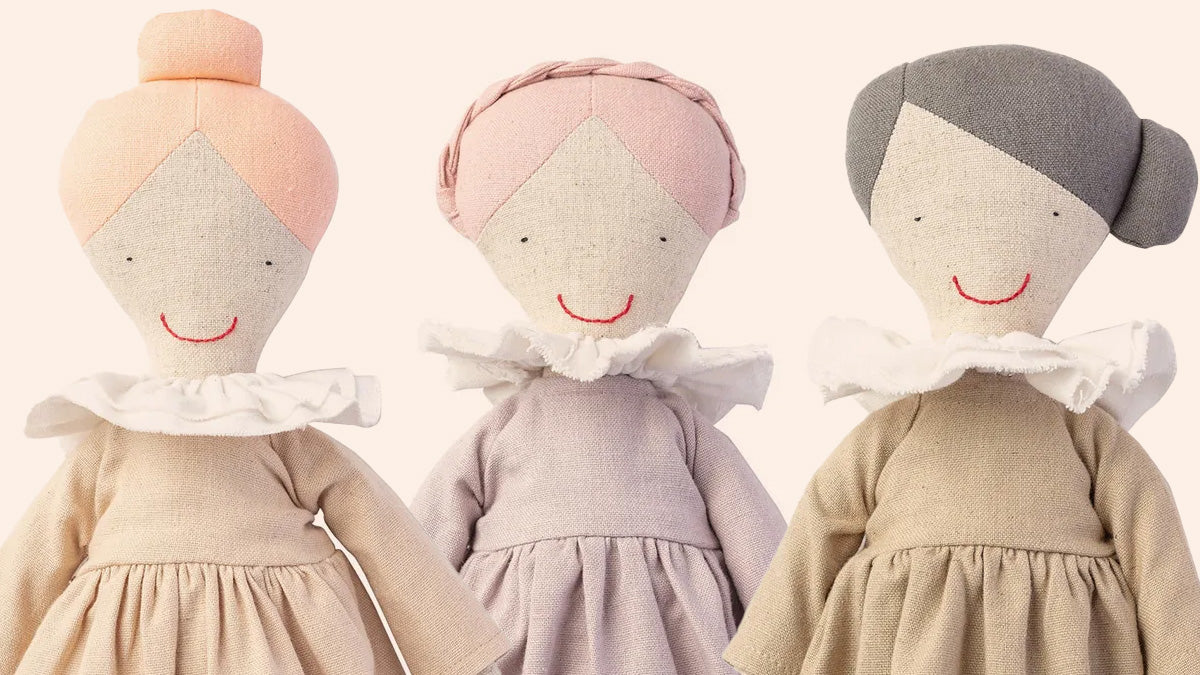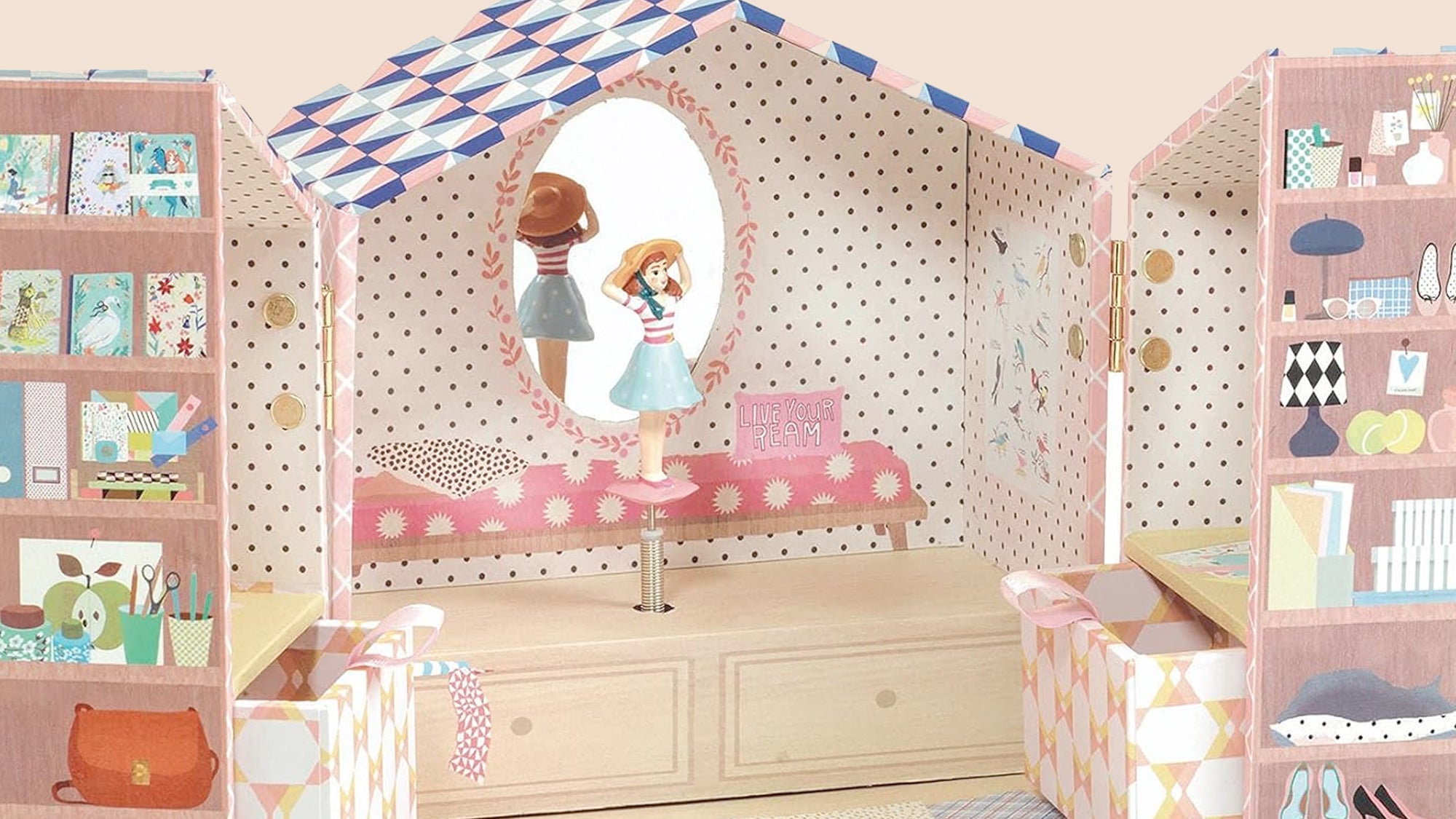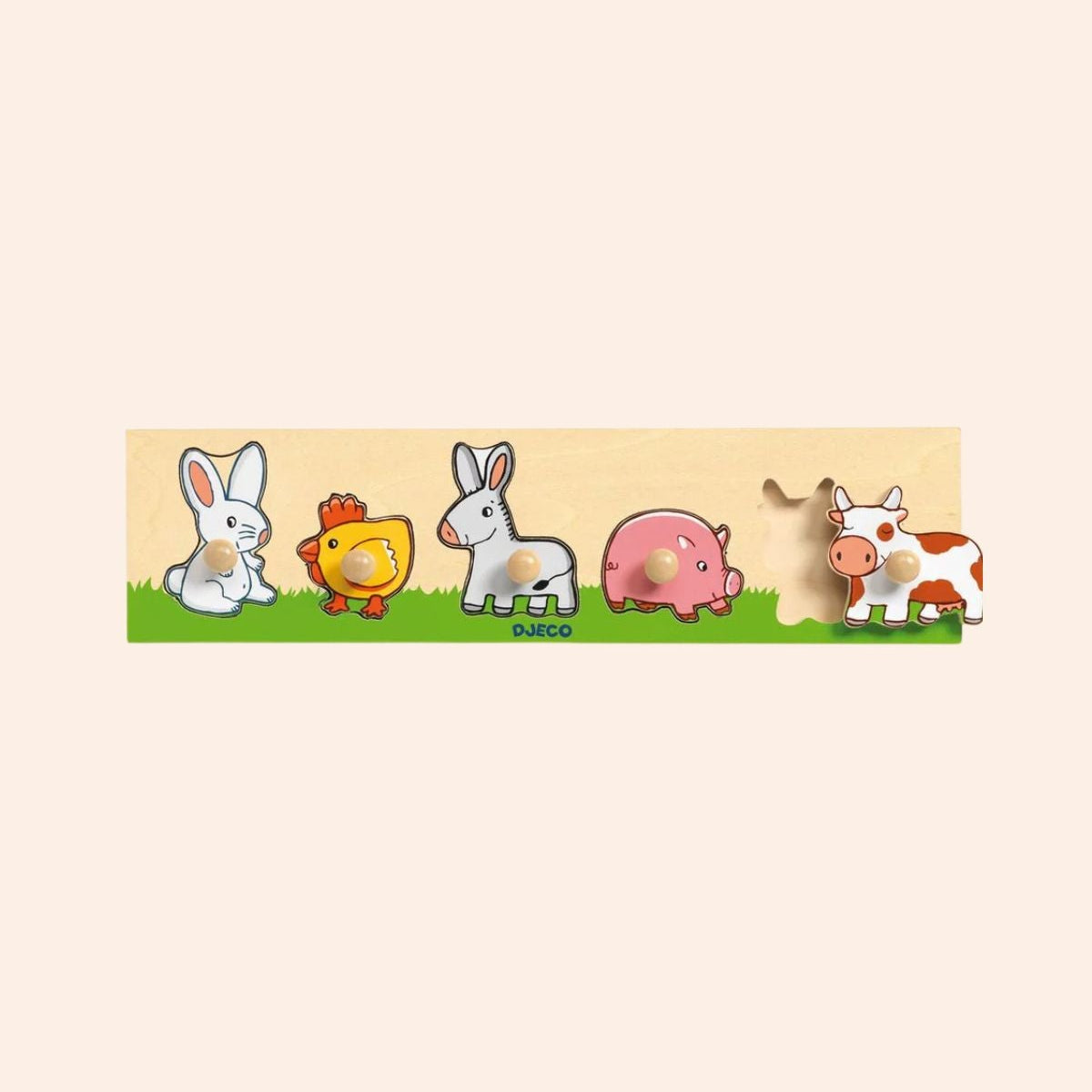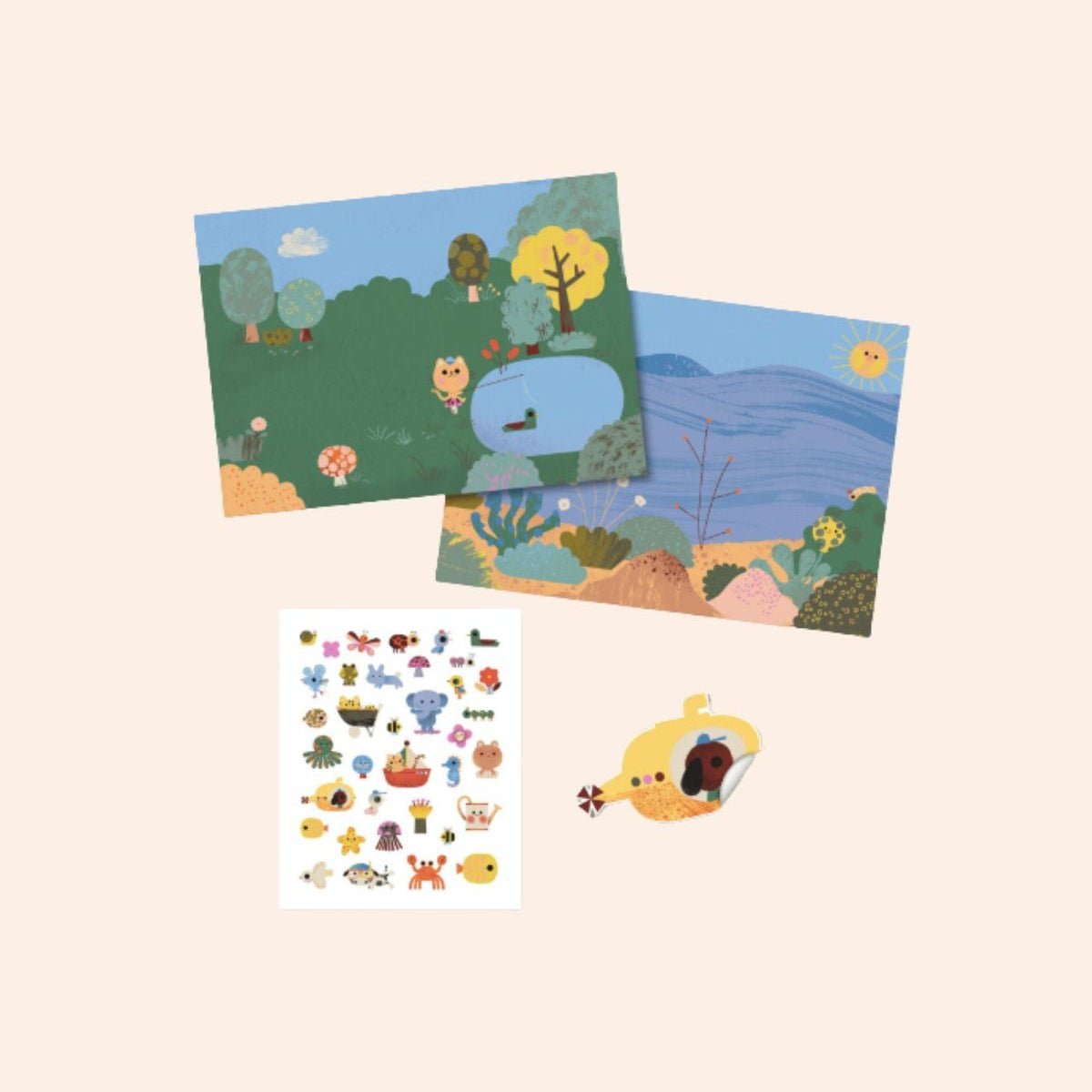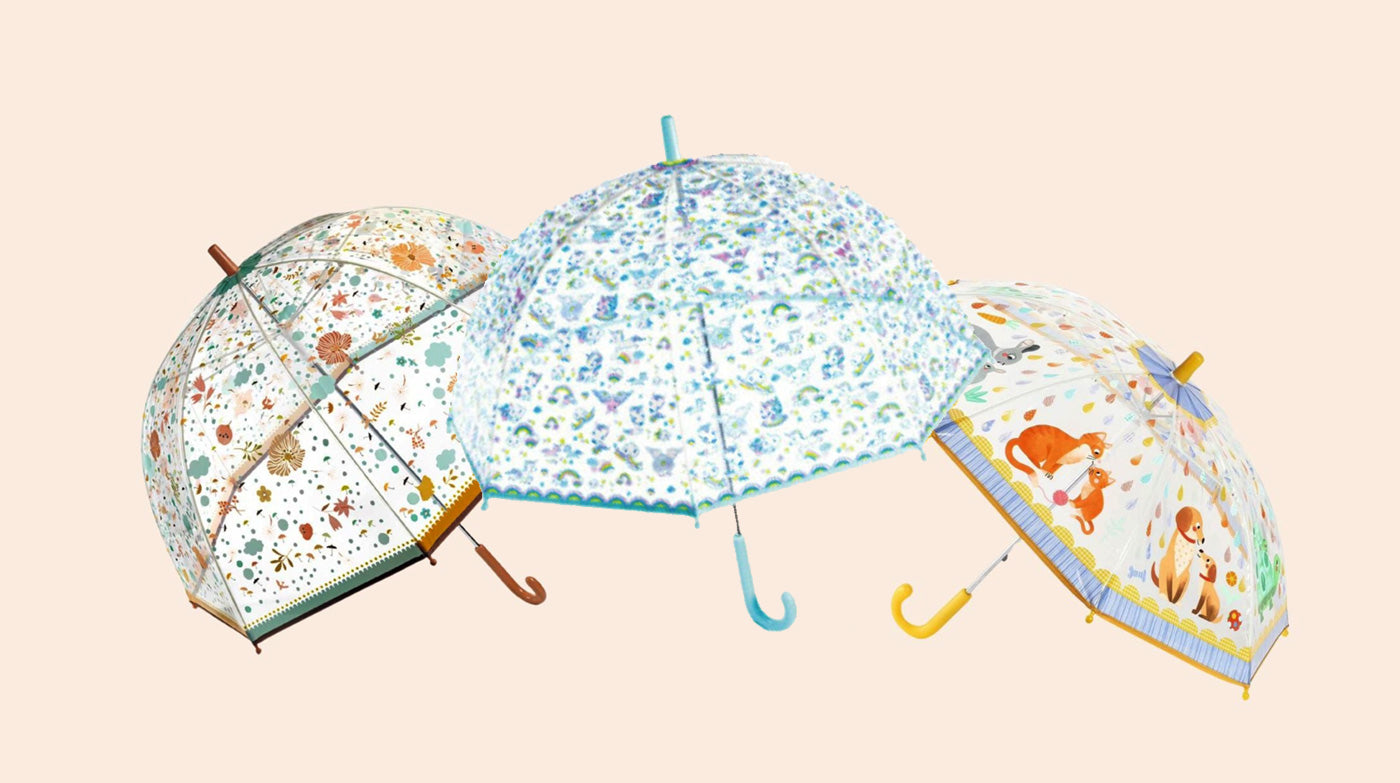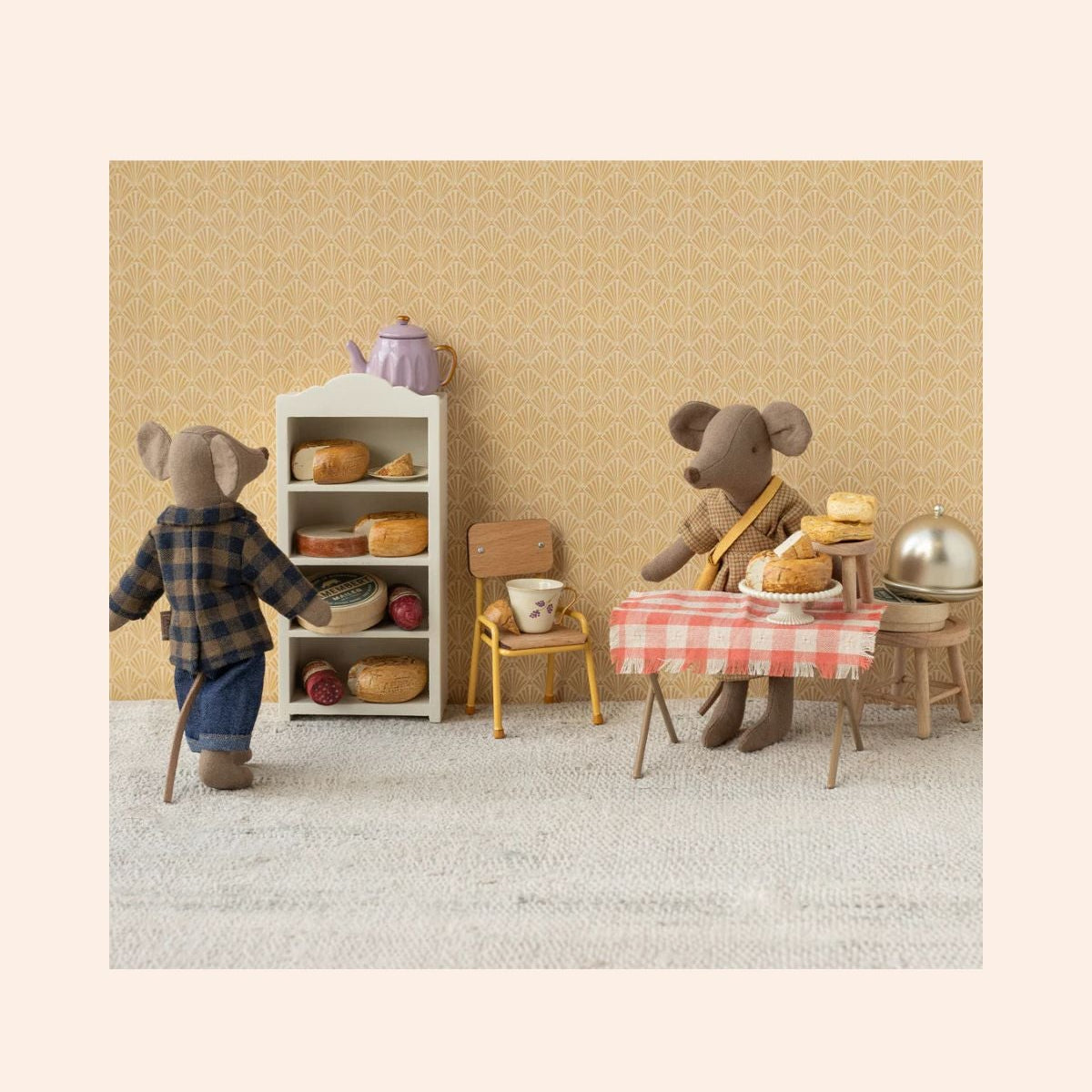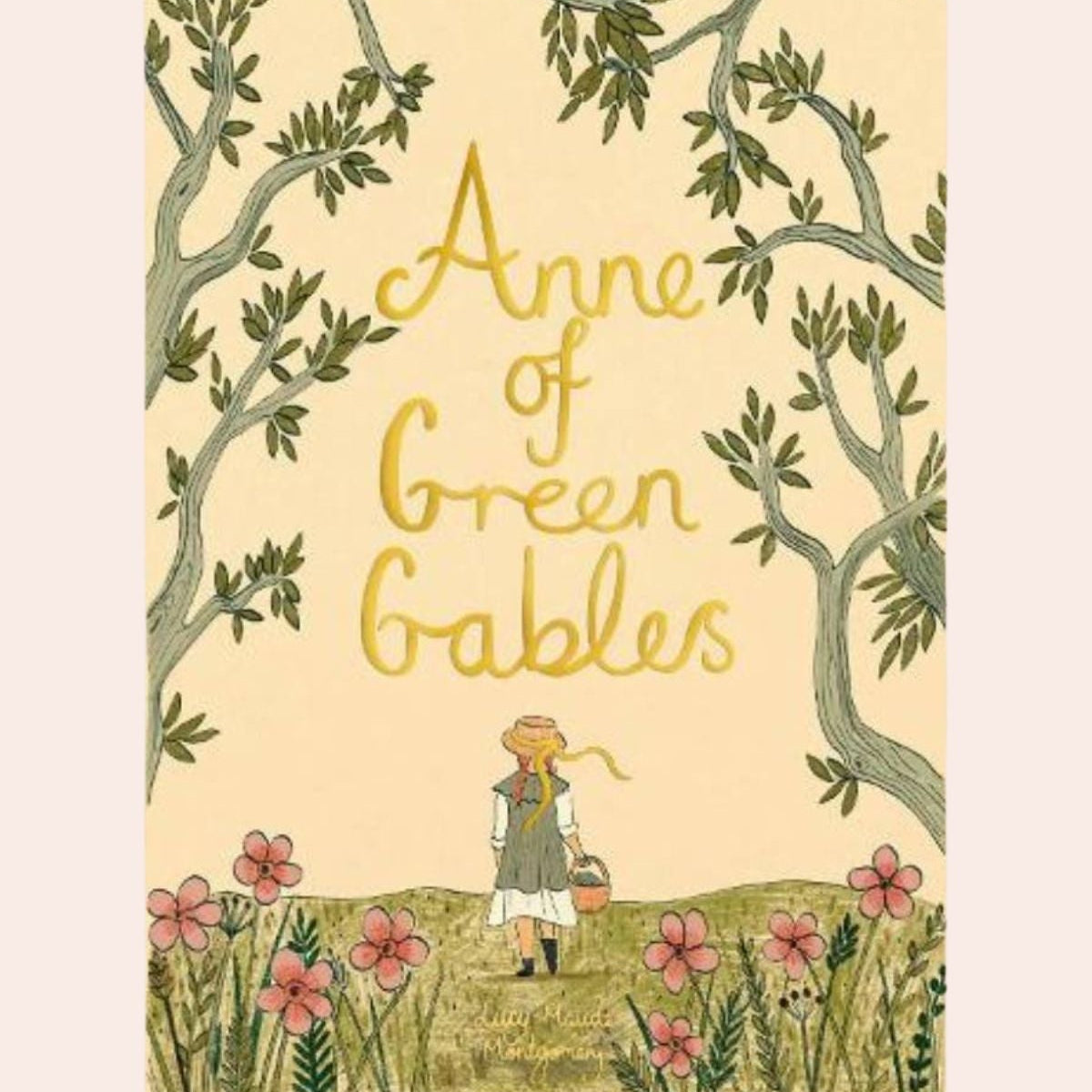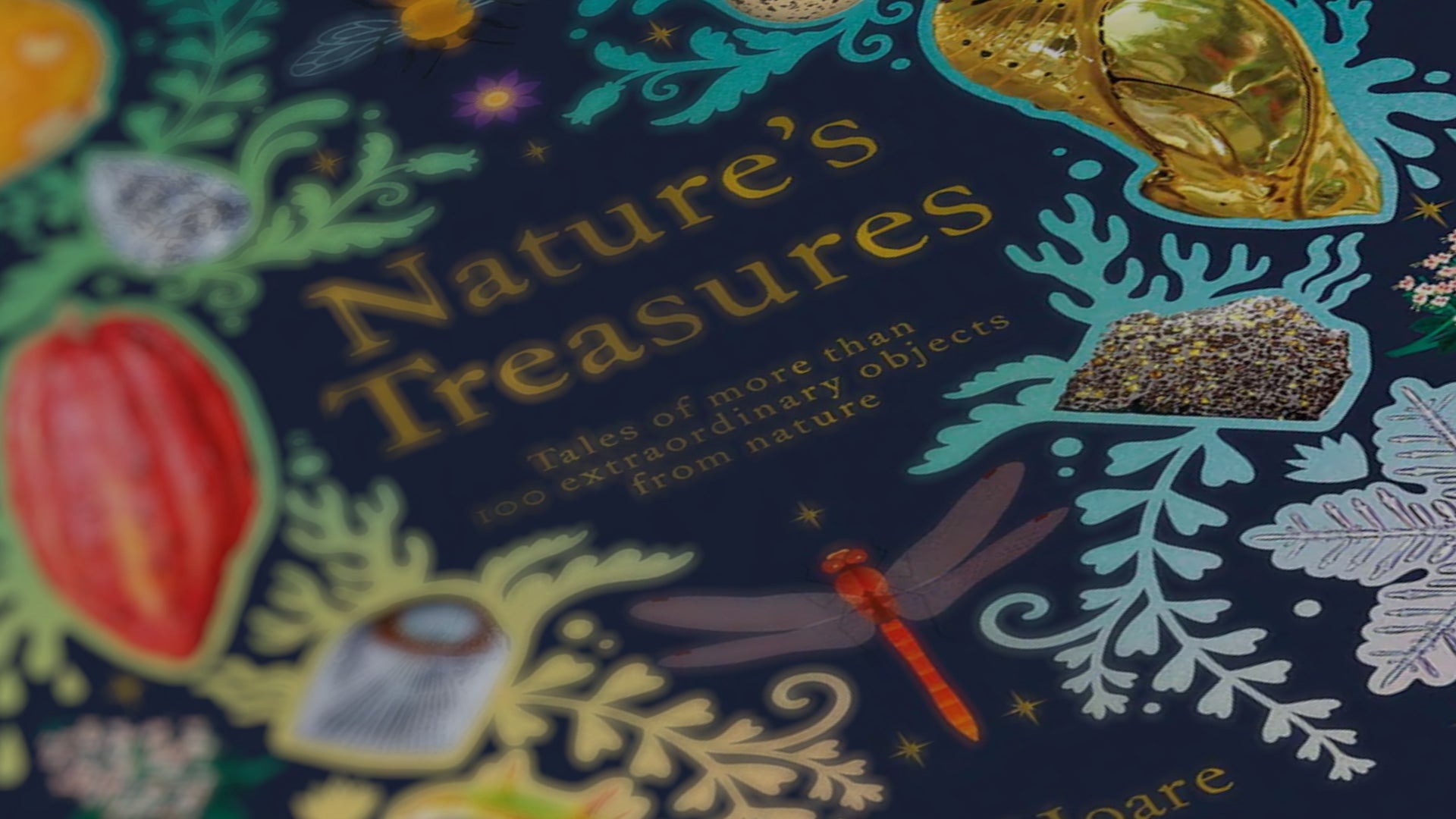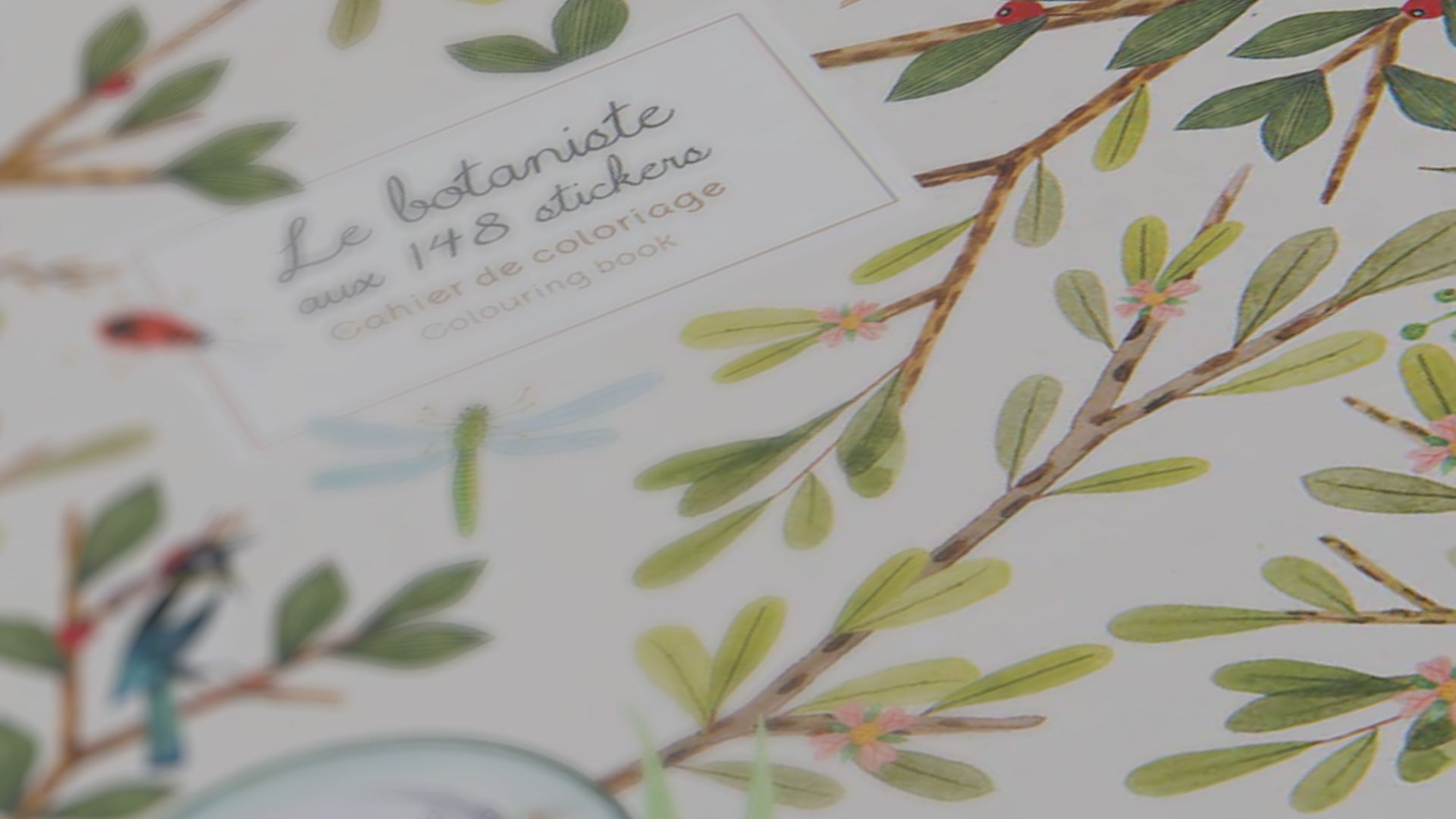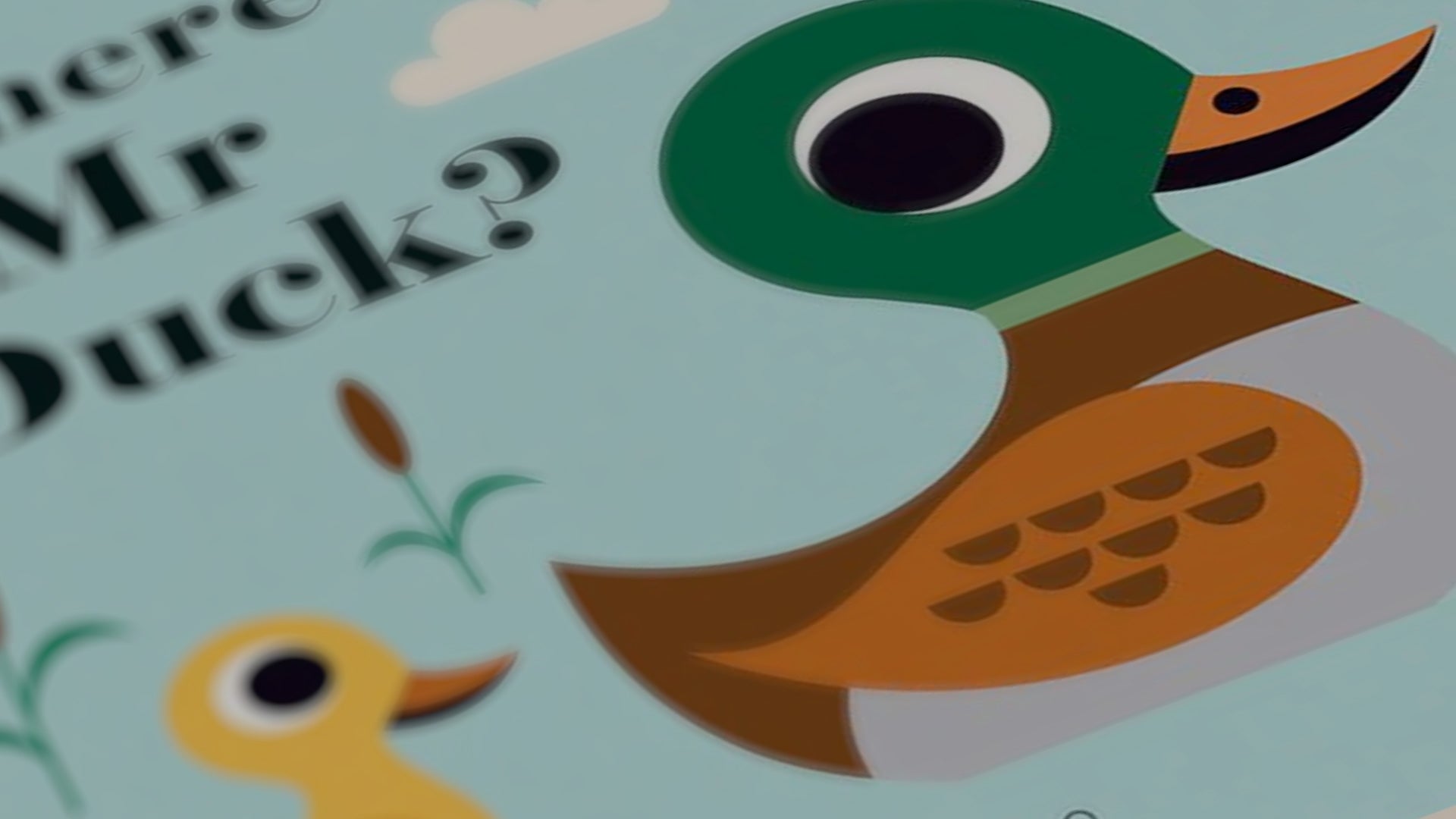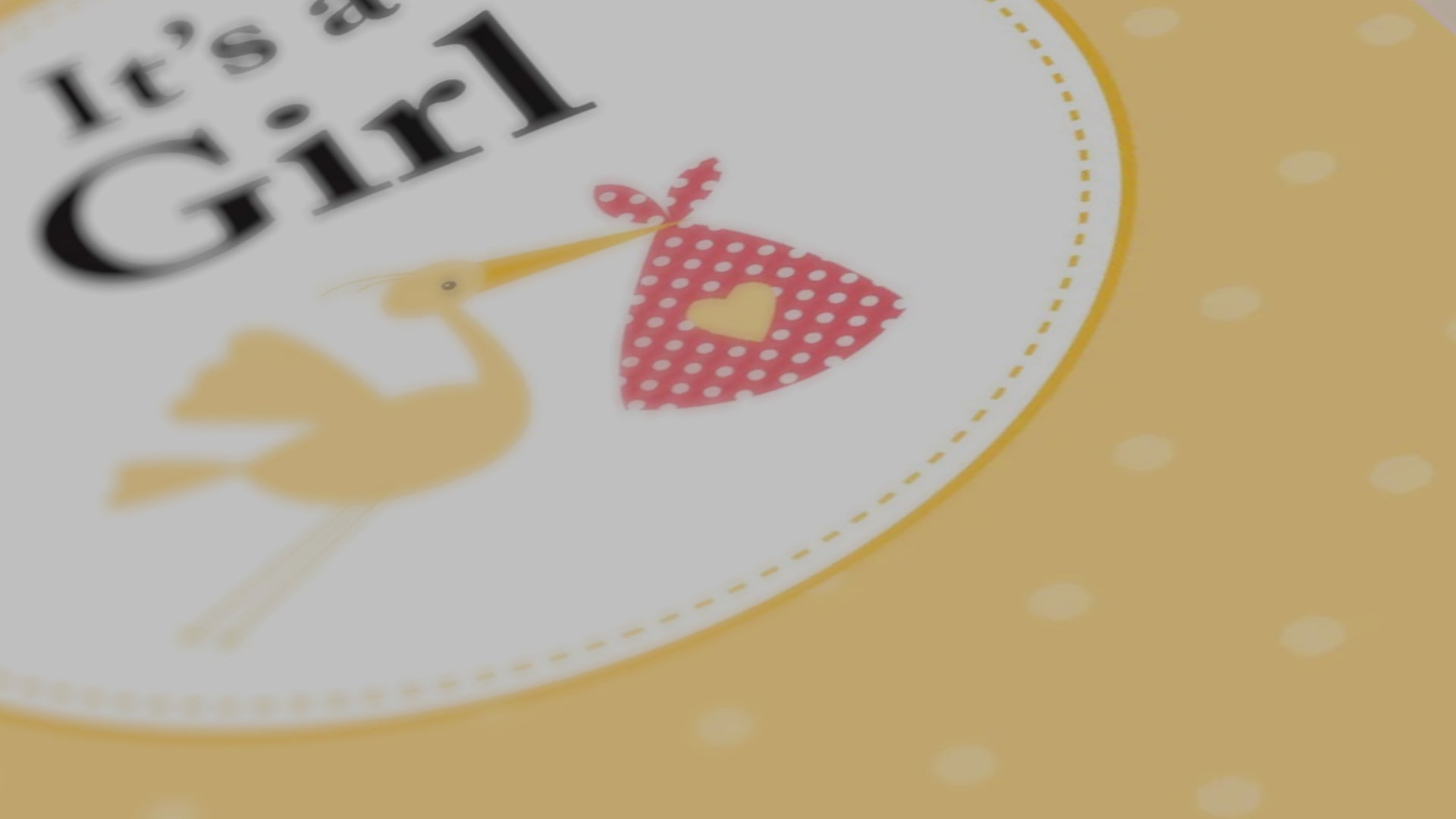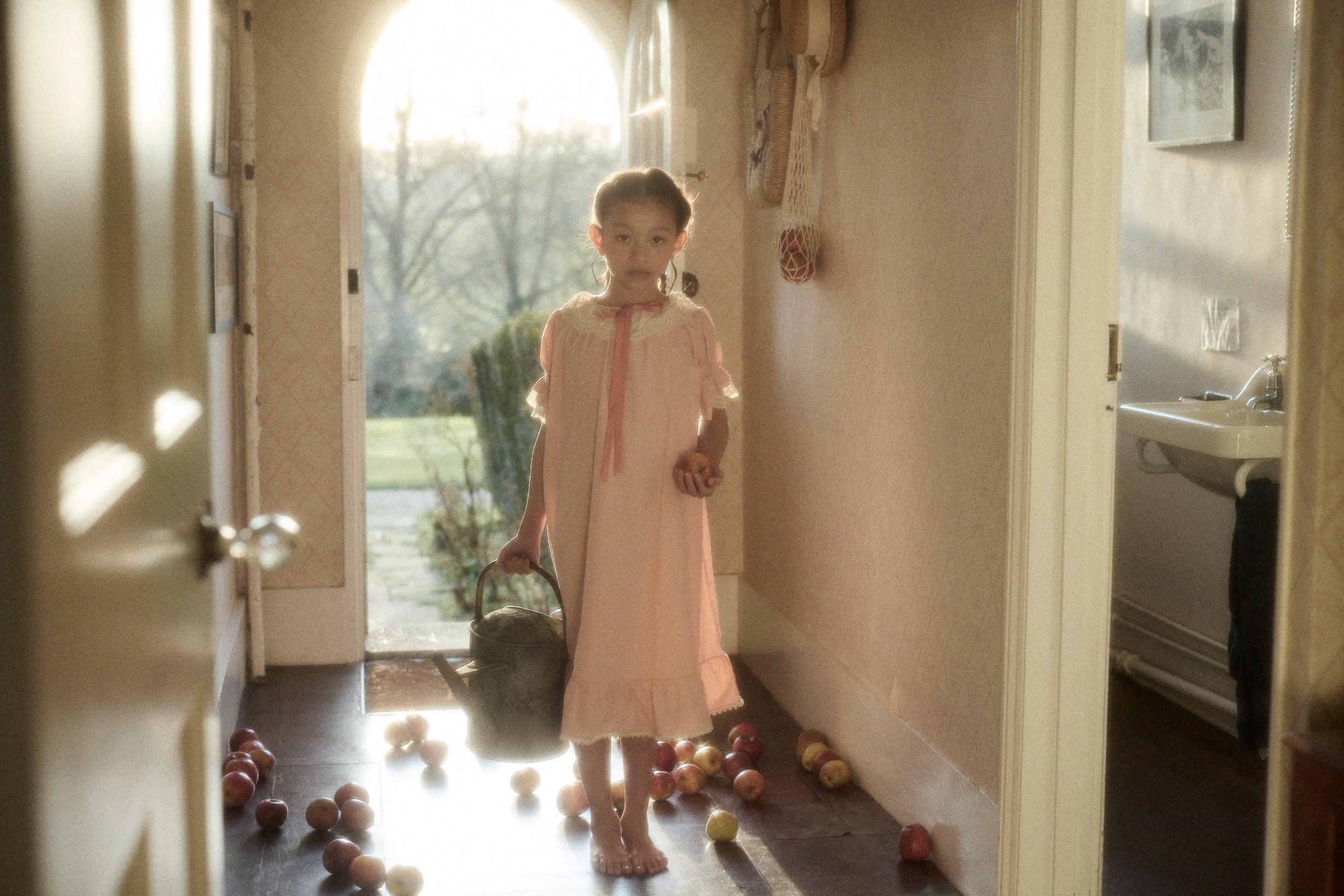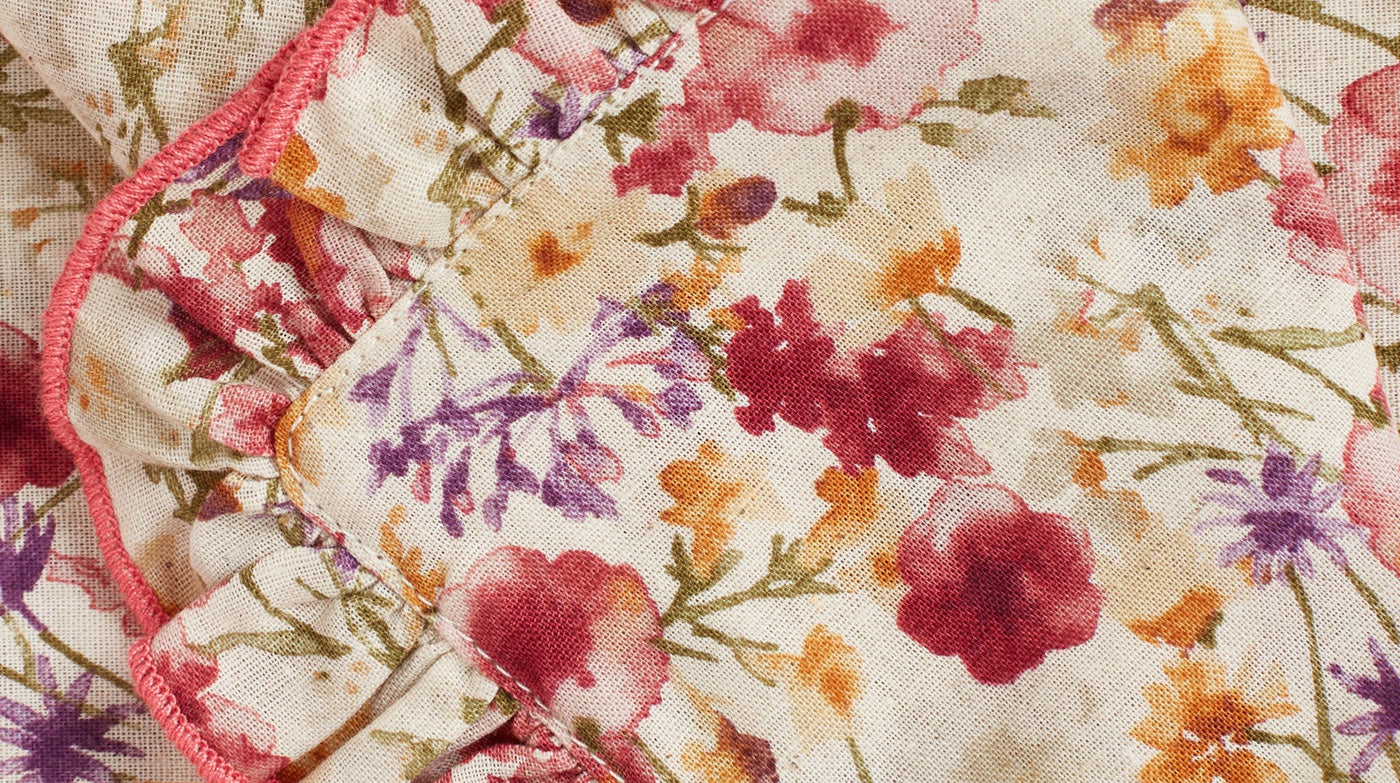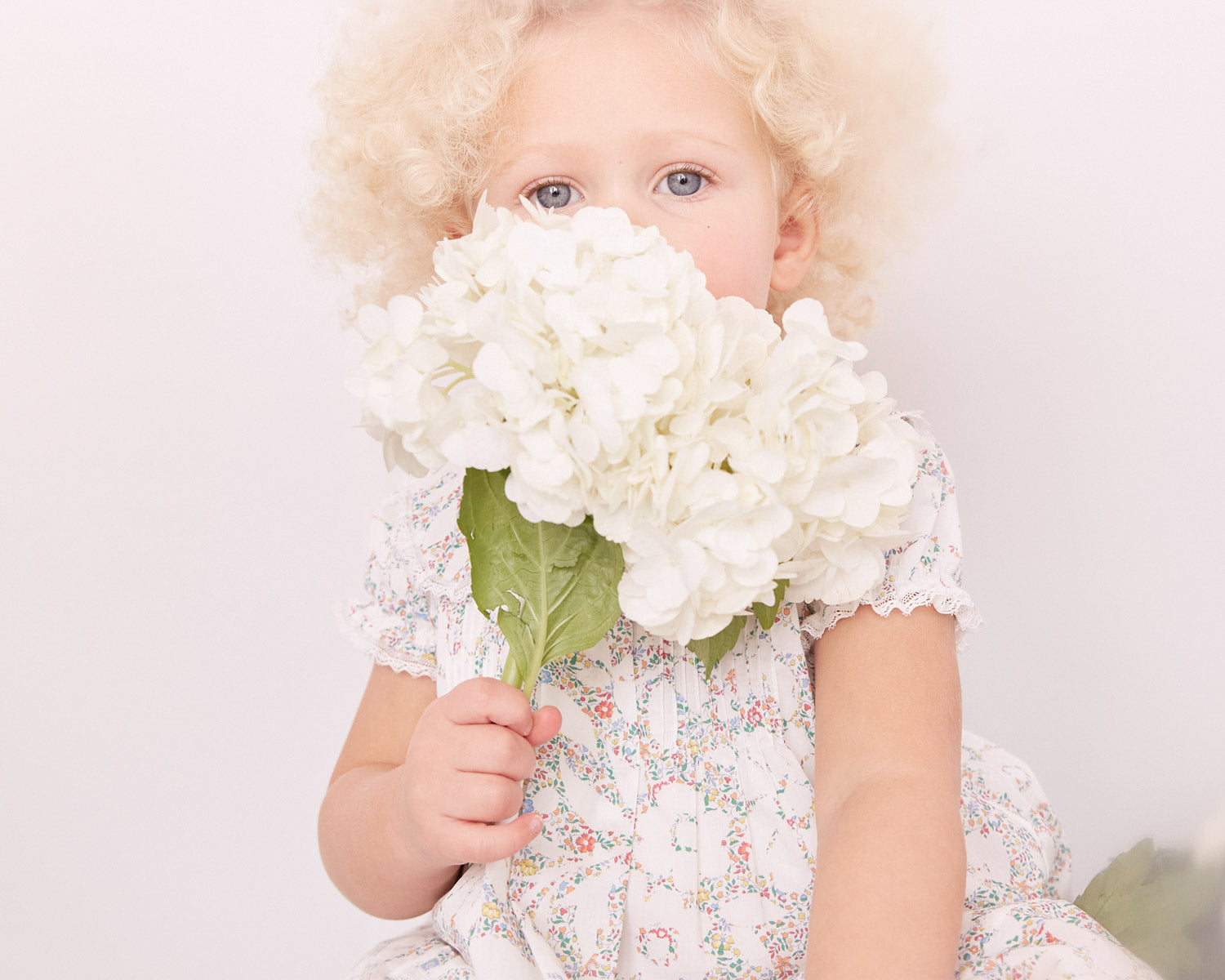Louise Bourgeois, Material Girl
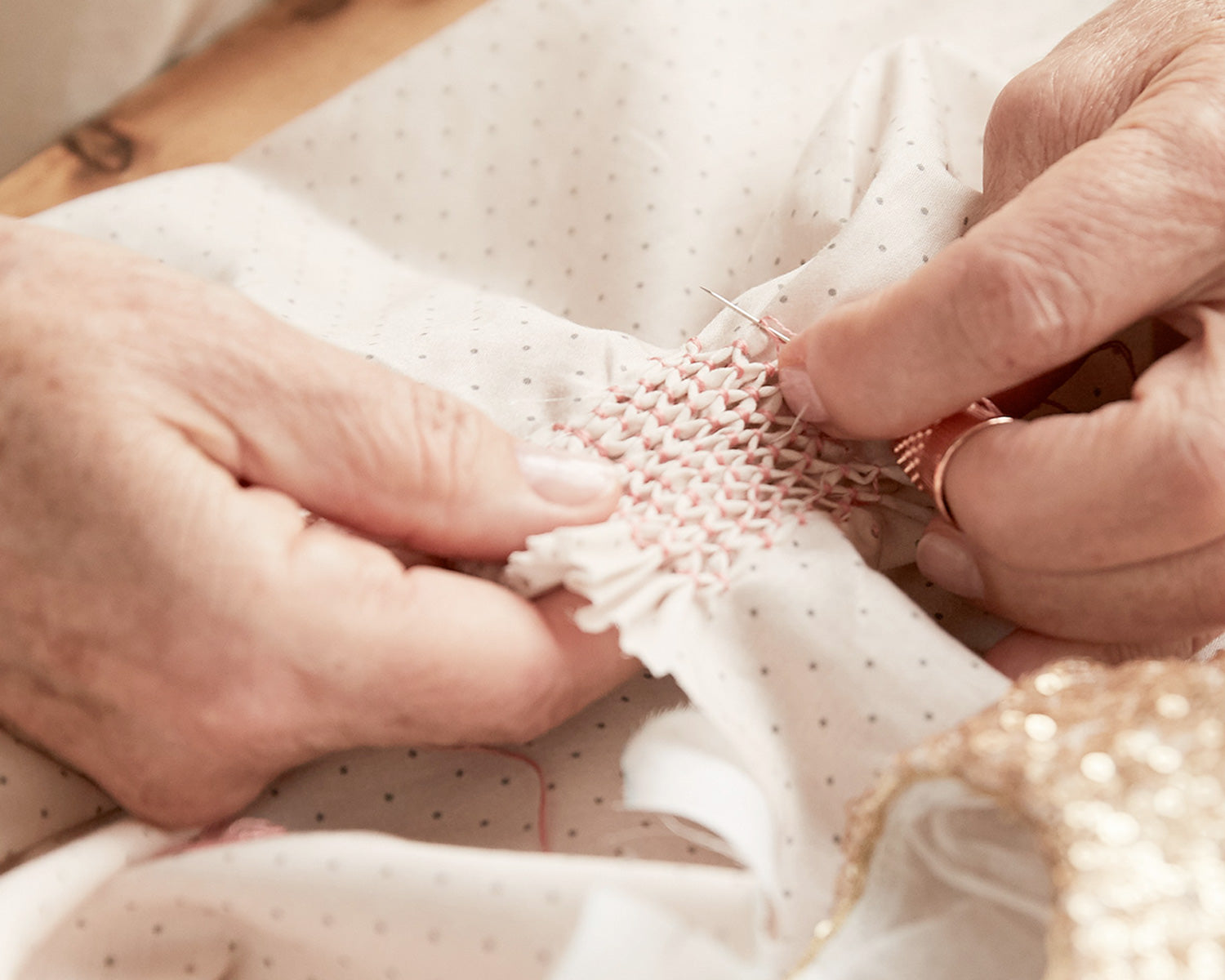
‘I have always had a fascination with the magic power of the needle.’
It could be a line from the Brothers Grimm, but in fact was uttered by that astonishing artist, Louise Bourgeois, whose walnut face and fathomless energy lent her the air of a lady Rumpelstiltskin. And not unlike that storybook villain, she had a gift for transmuting the straw of experience into uncanny artistic gold.
Longevity is often damned as talent’s revenge upon genius. But for Bourgeois, as for too many women artists, arguably a long life was key to gain the recognition that she deserved. She resisted fiercely those who wanted to claim her as a feminist icon, yet every chapter of her story illustrates women’s creative possibilities, with something to inspire and perplex girls of all ages.
If fame arrived late the work began early when she was a girl in 1920s Paris, helping her mother to restore antique tapestries that had been nibbled by pets, mice, sunlight and time, drawing forms onto the canvas for weavers to fill in. This apprenticeship explains her fascination with the spider, that ambivalent symbol of maternity, weaving and entrapment.

Her work ended nine decades later in Manhattan, where she toiled in her studio every day until a week before her death at 98. Yet childhood remained her obsession. Whether making sculptures, paintings or installations, a fairy tale feeling was never far away, the tightrope of her imagination strung taut between dream and nightmare. Her personal explanation for this tension lay in her biography. For her traumas, she cursed her father. For her artistry, she thanked her mother.
Hurry and you can see all this and more on display at The Woven Child at the Hayward Gallery, an exhibition focused on the final phase of her career. Ghostly installations feature her mother’s nightgowns suspended from hangers like bones. Fabric figures freighted with the promise of dolls conjure both a sense of loss and hunger for connection.
Nobody understood better than Bourgeois how clothes pin together the story of our lives, embodying the bittersweet joys of the past. So her return to textiles was profoundly fitting. A fairy tale, come full circle.
Catherine Blyth
Louise Bourgeois: The Woven Child ends on 15 May.

